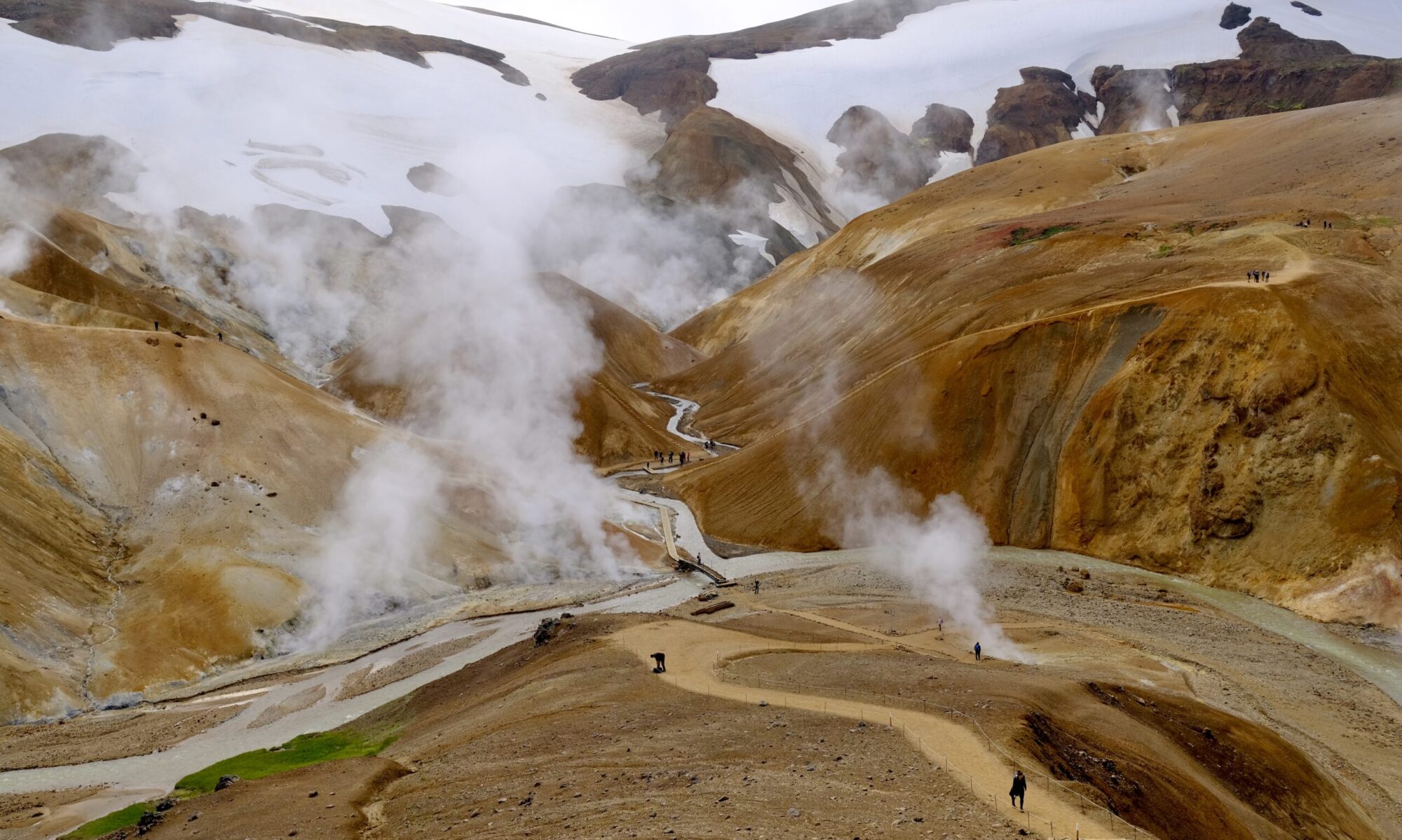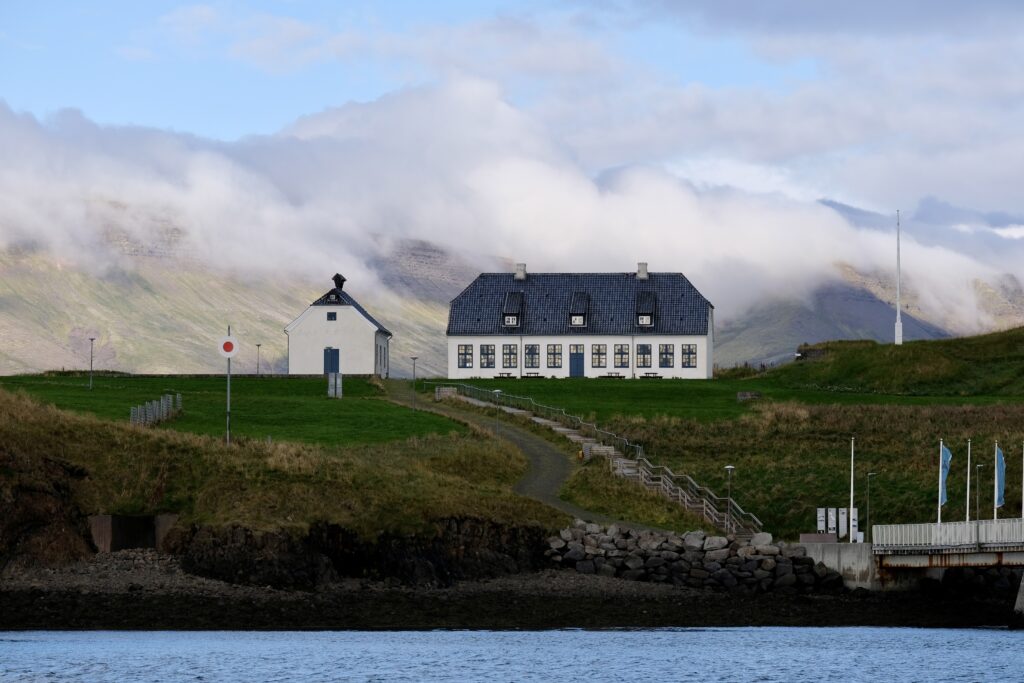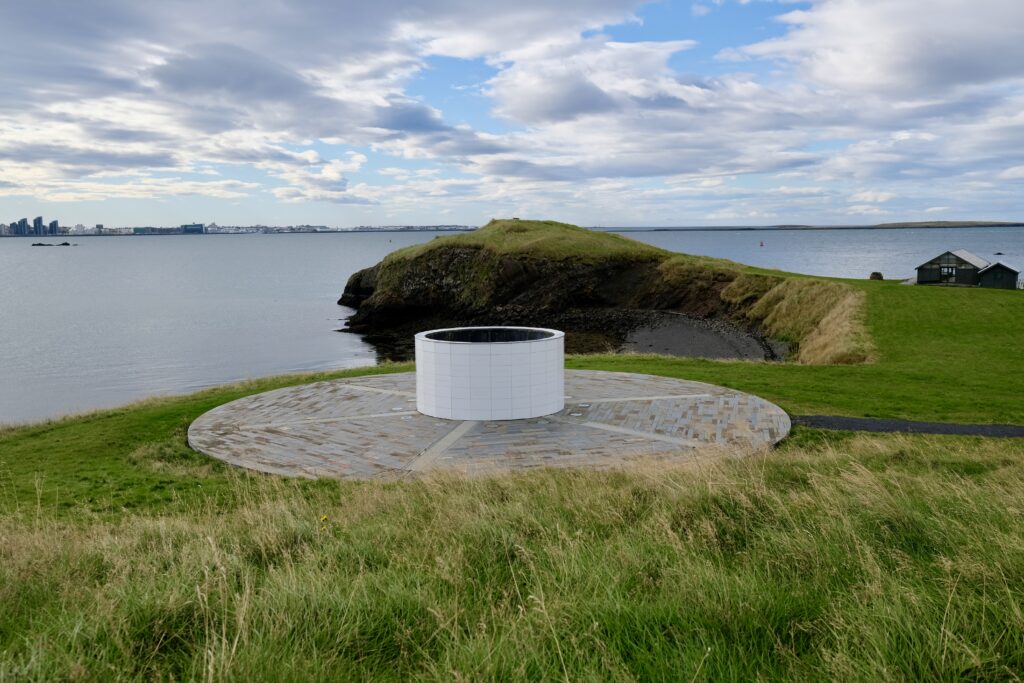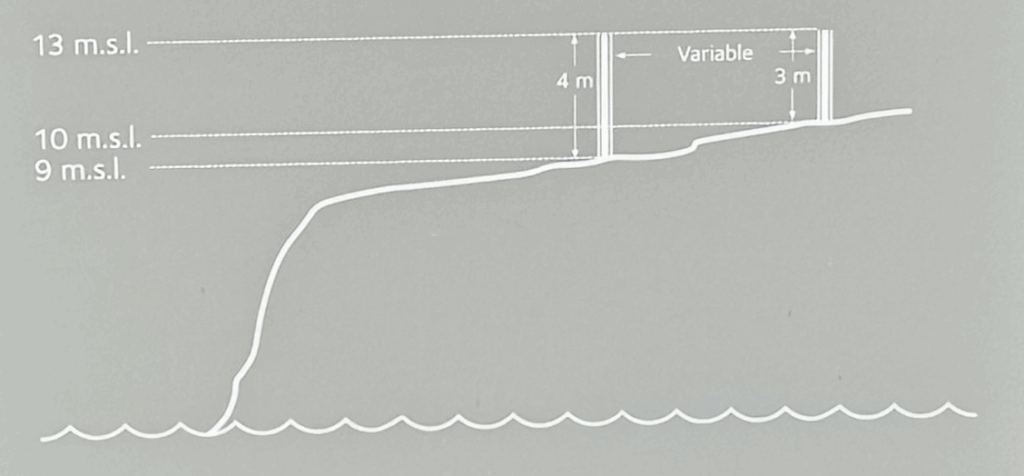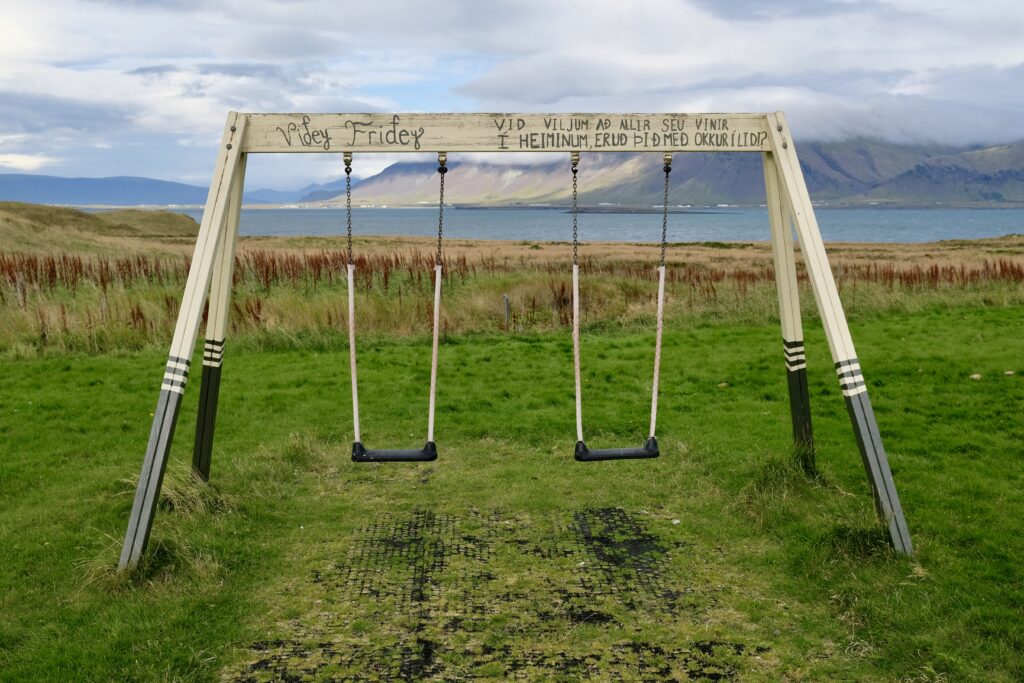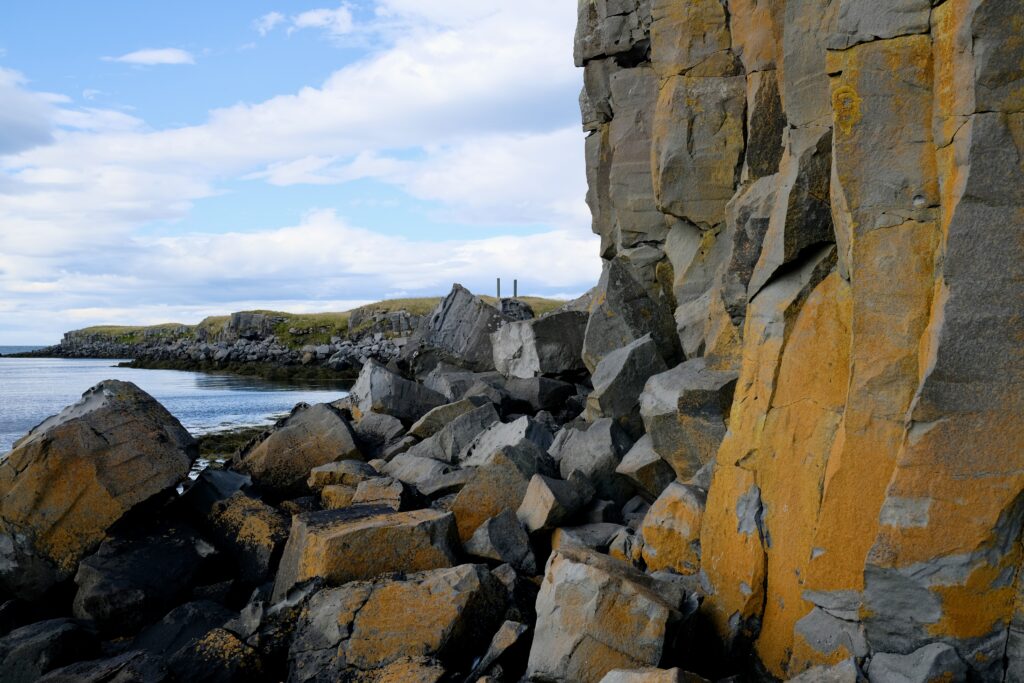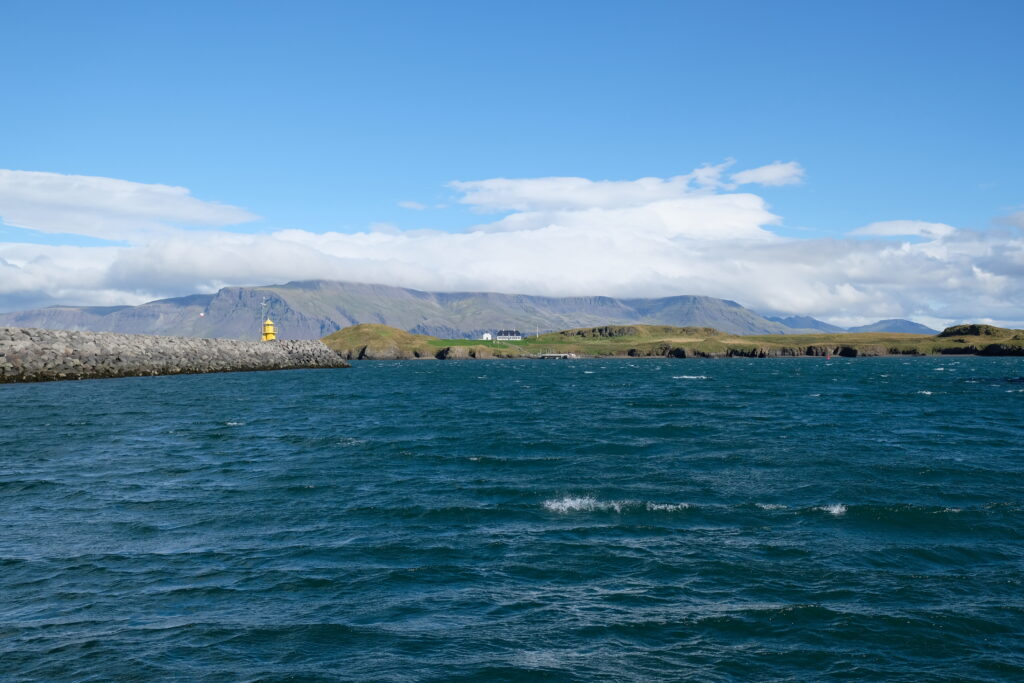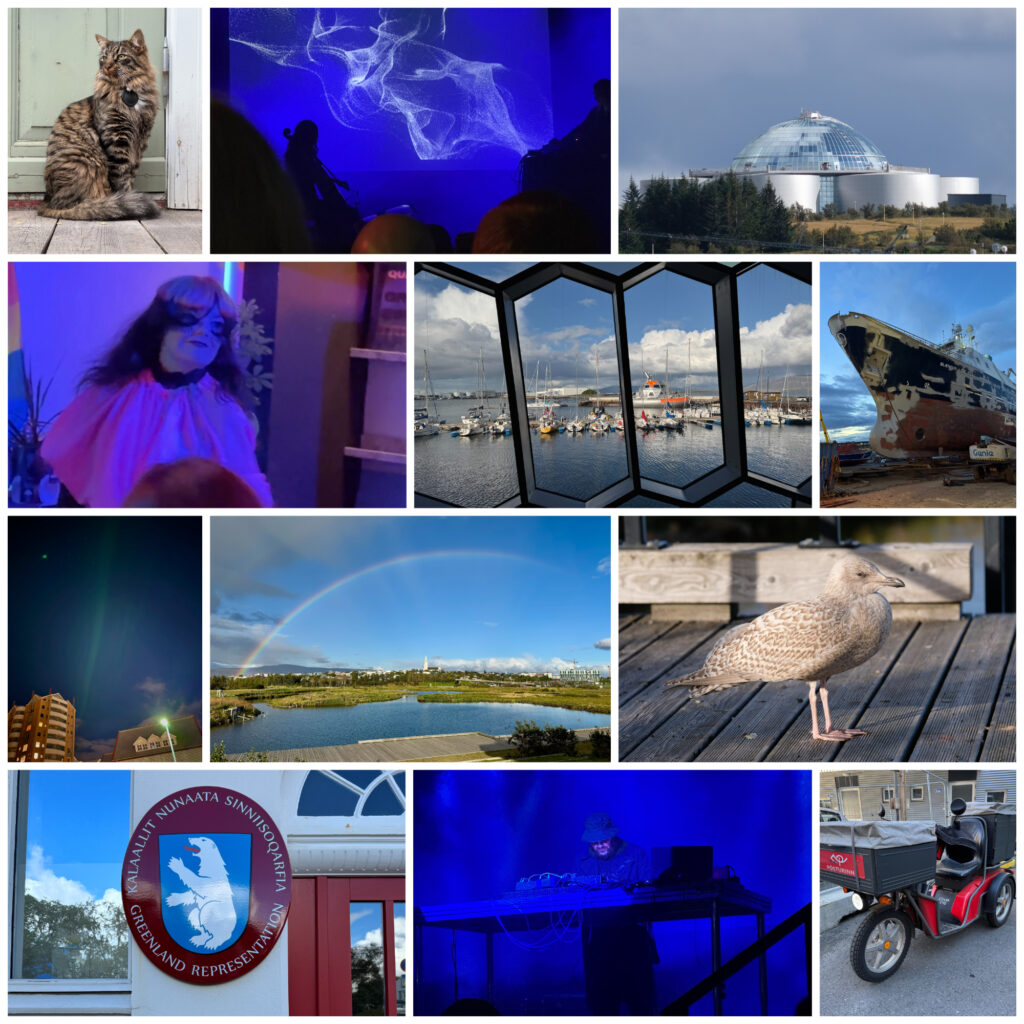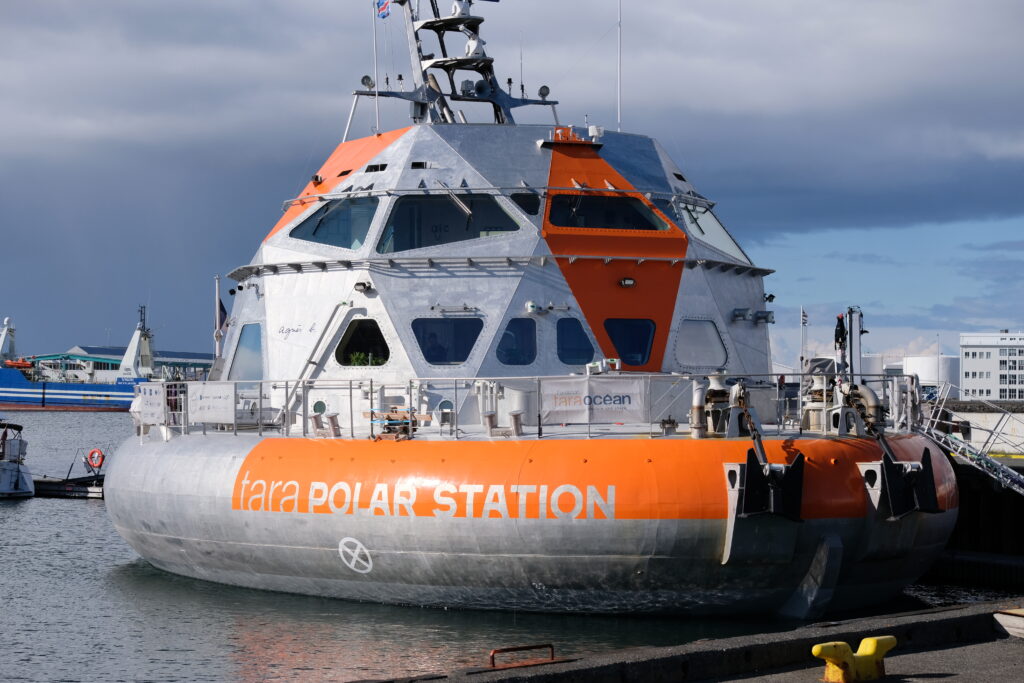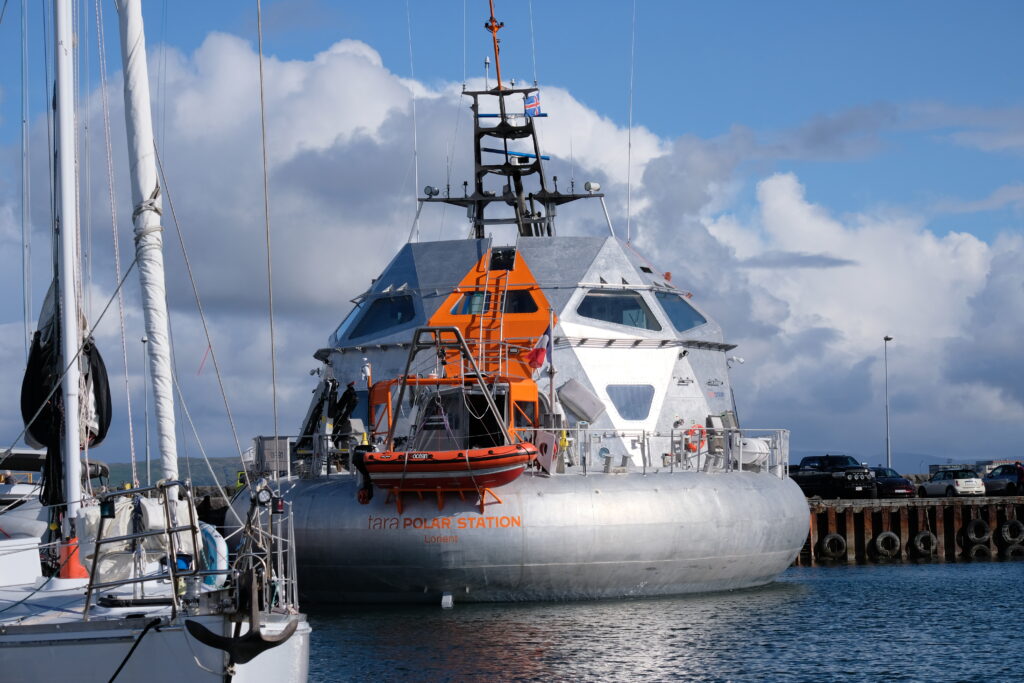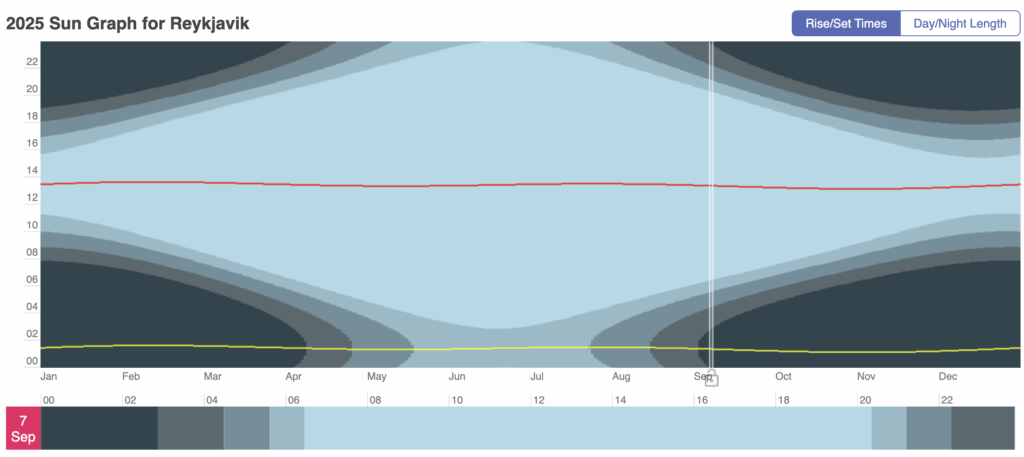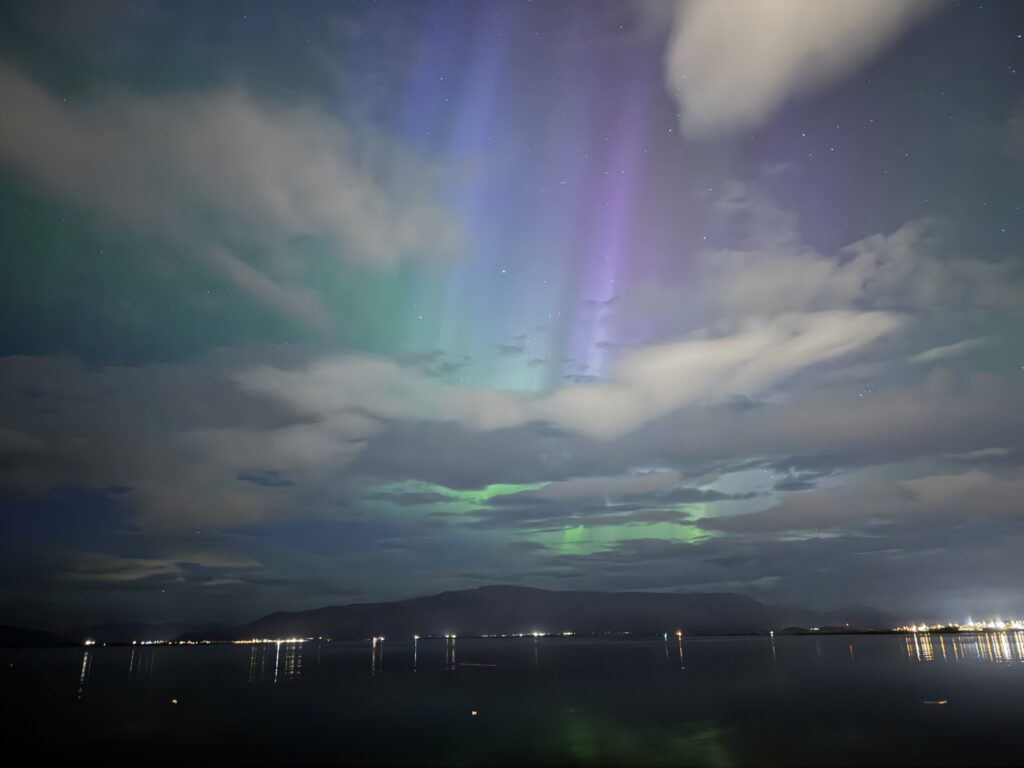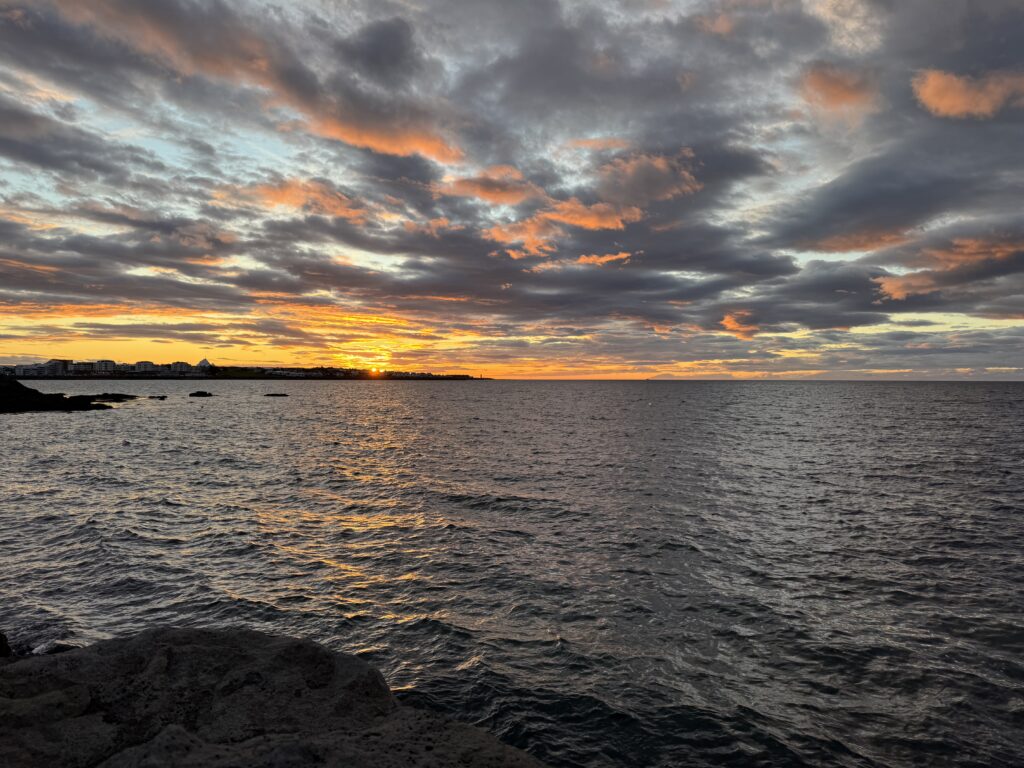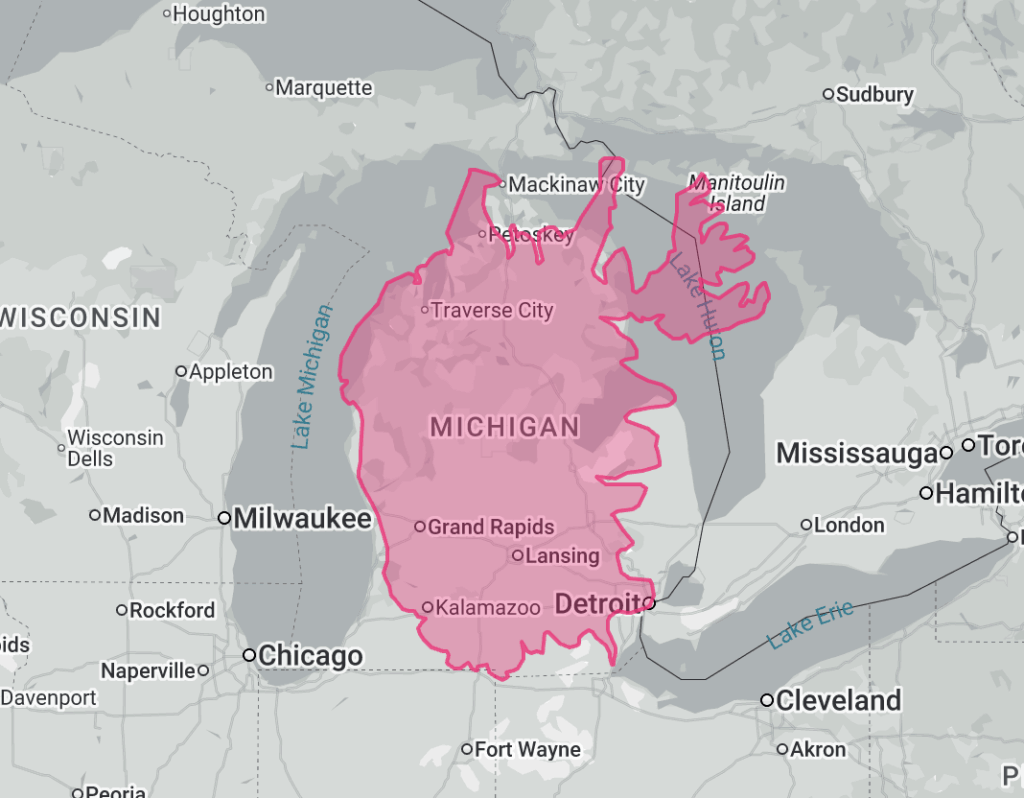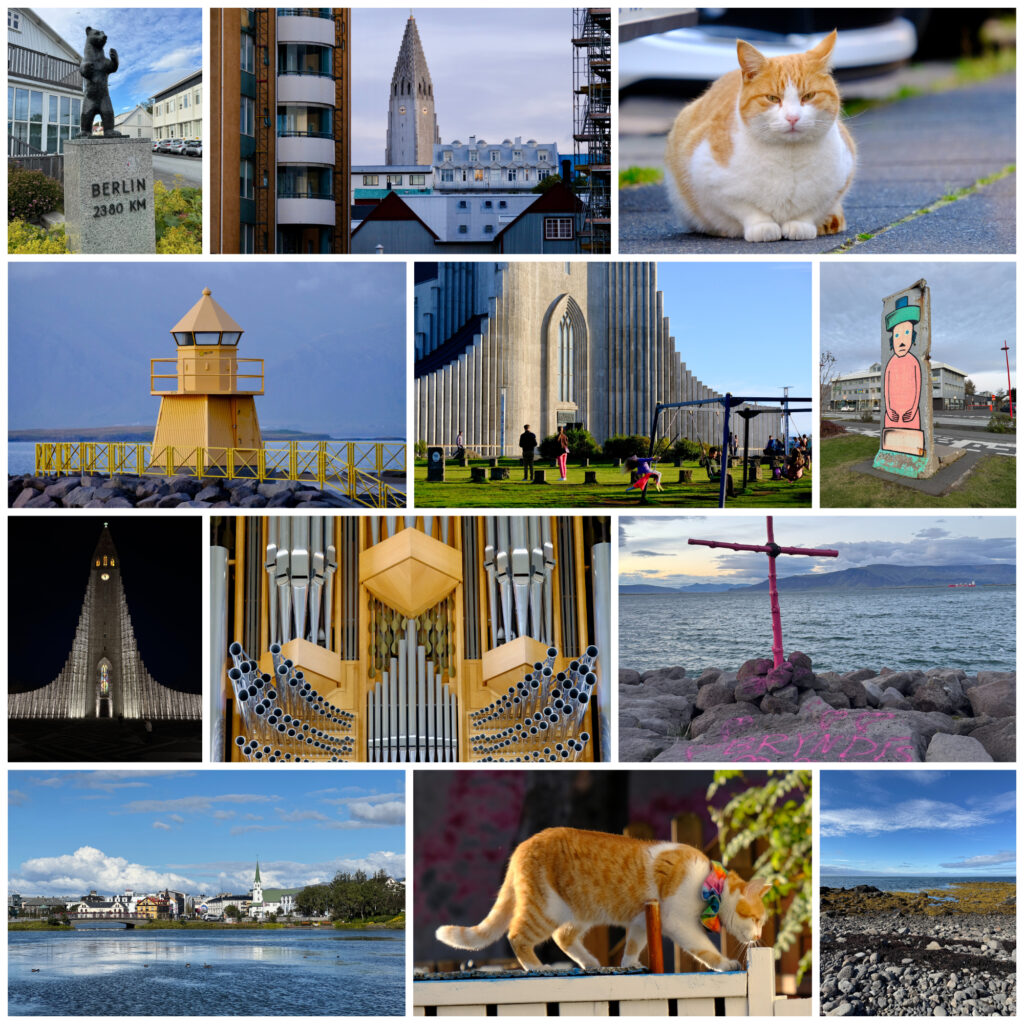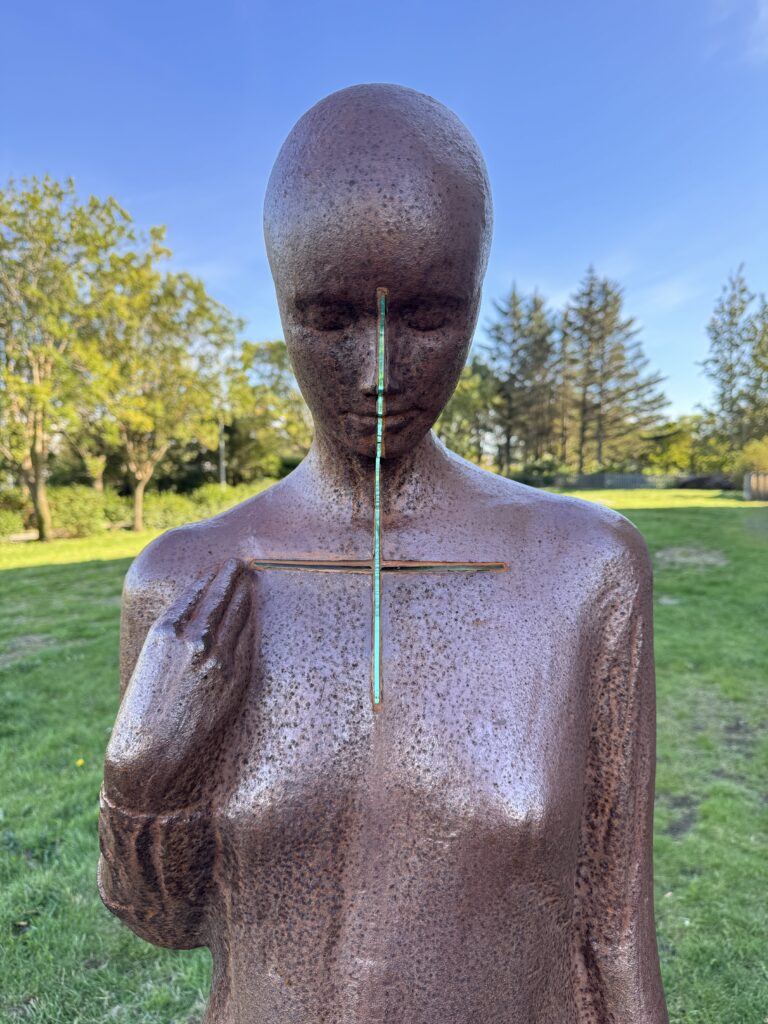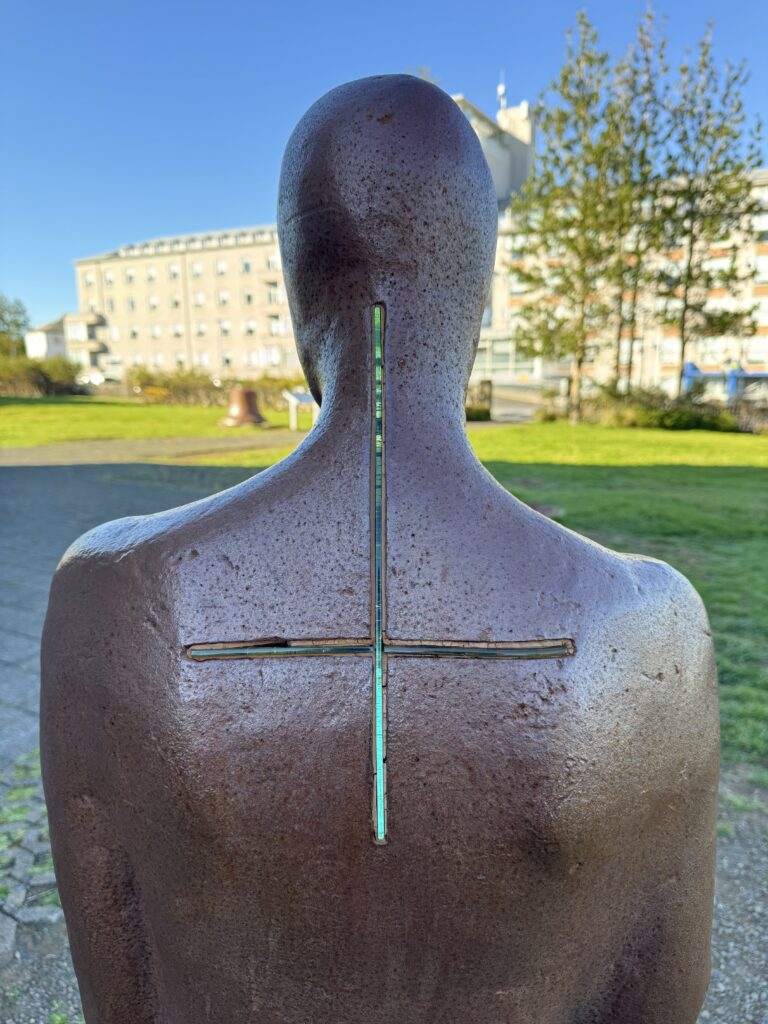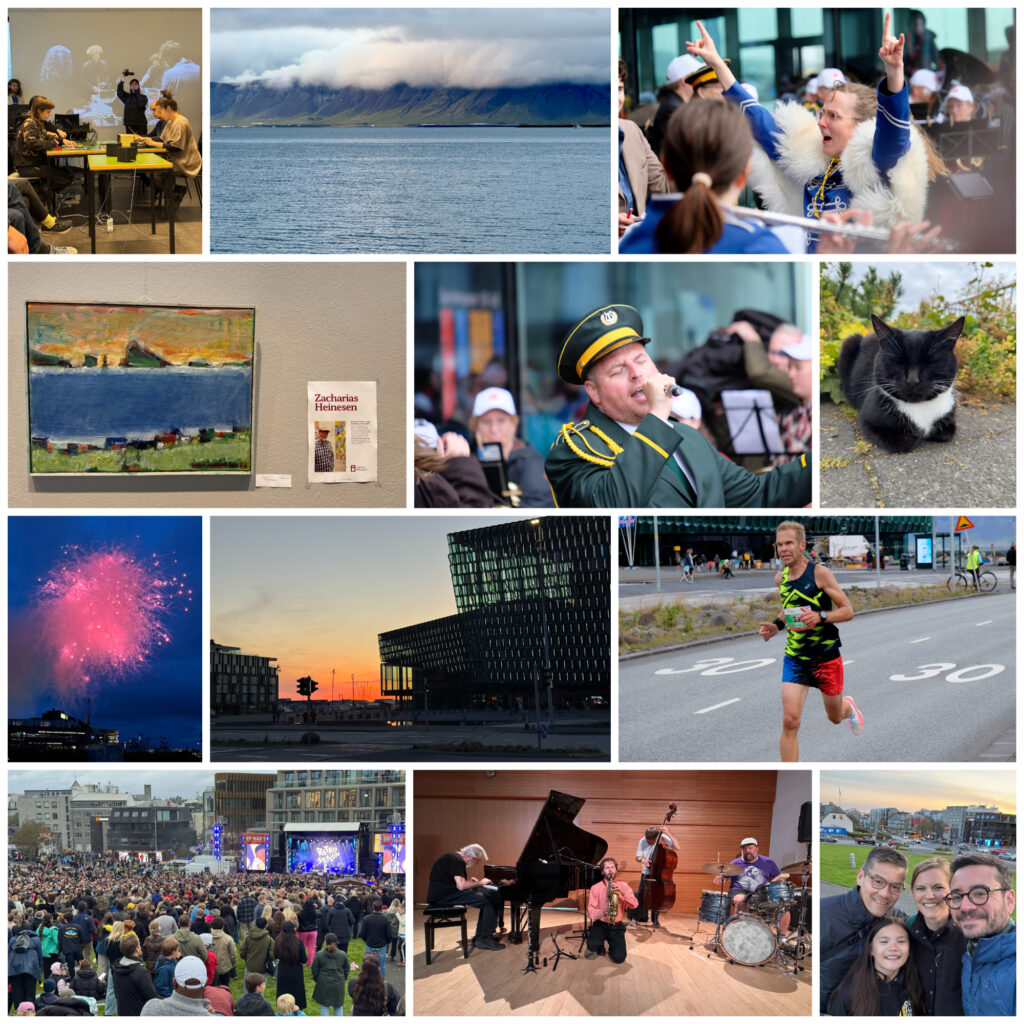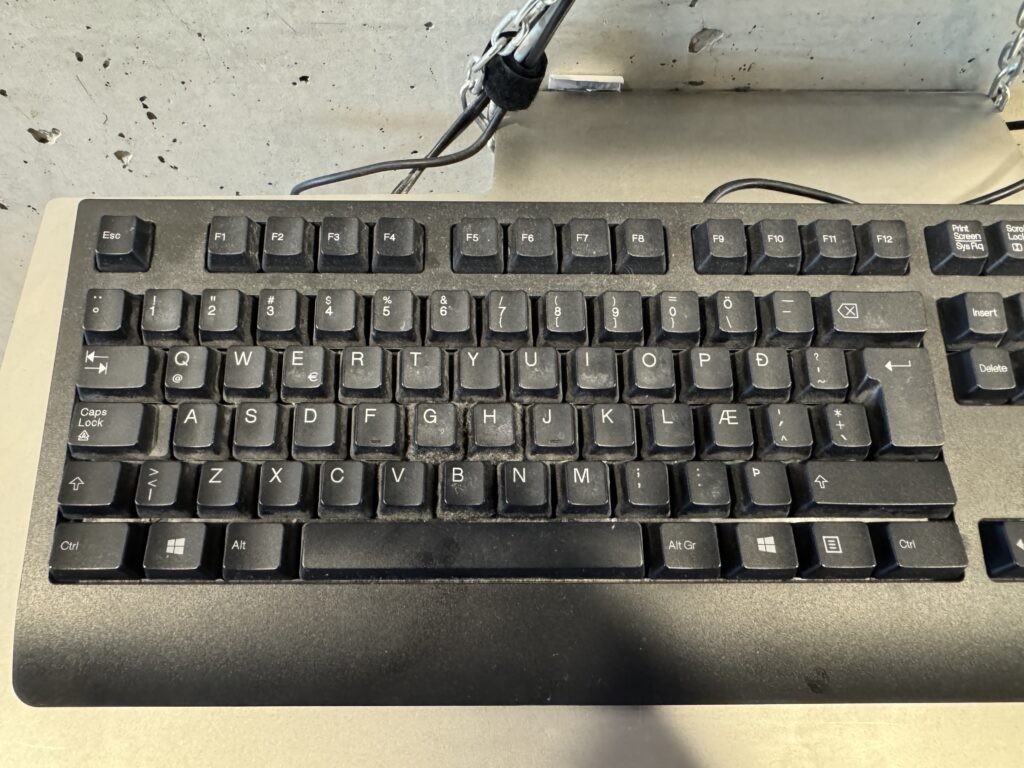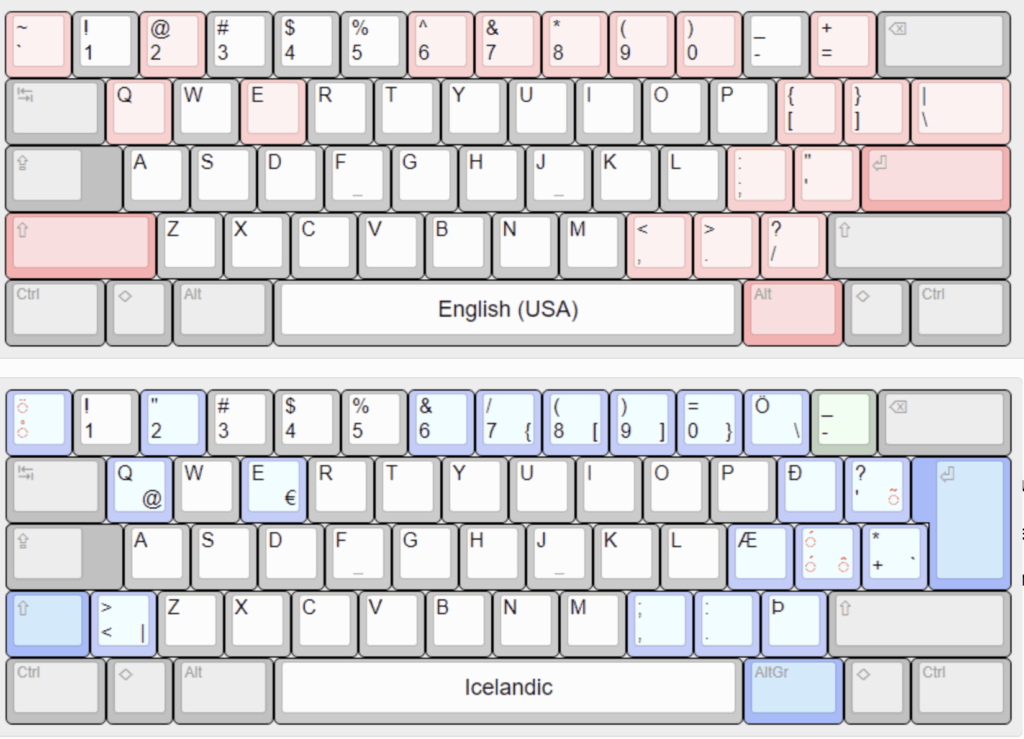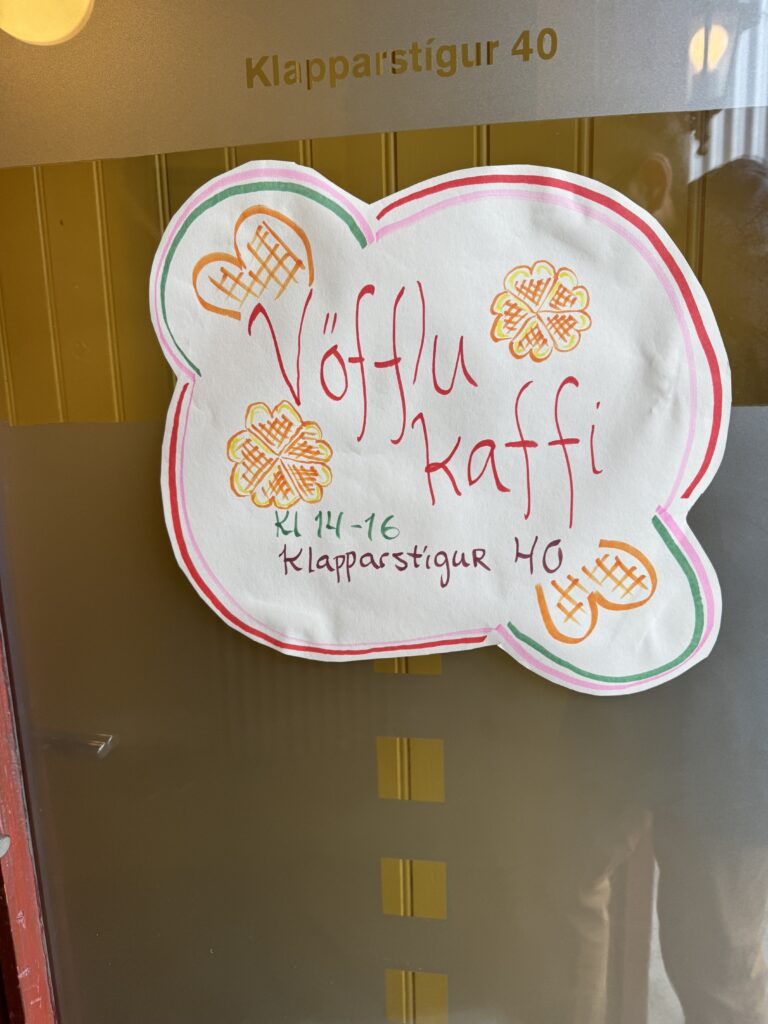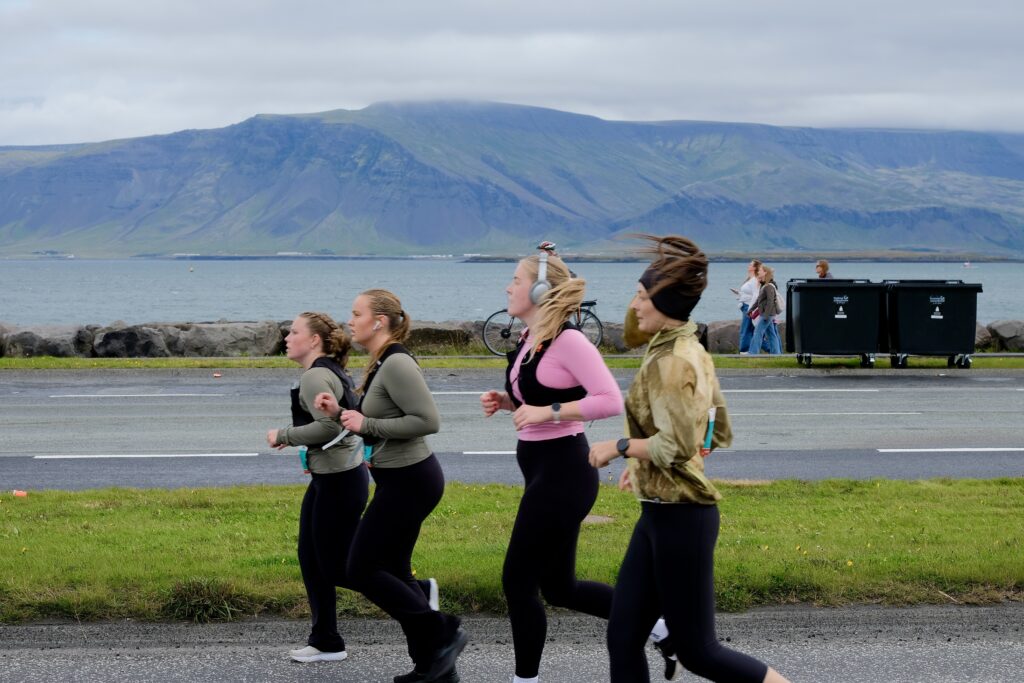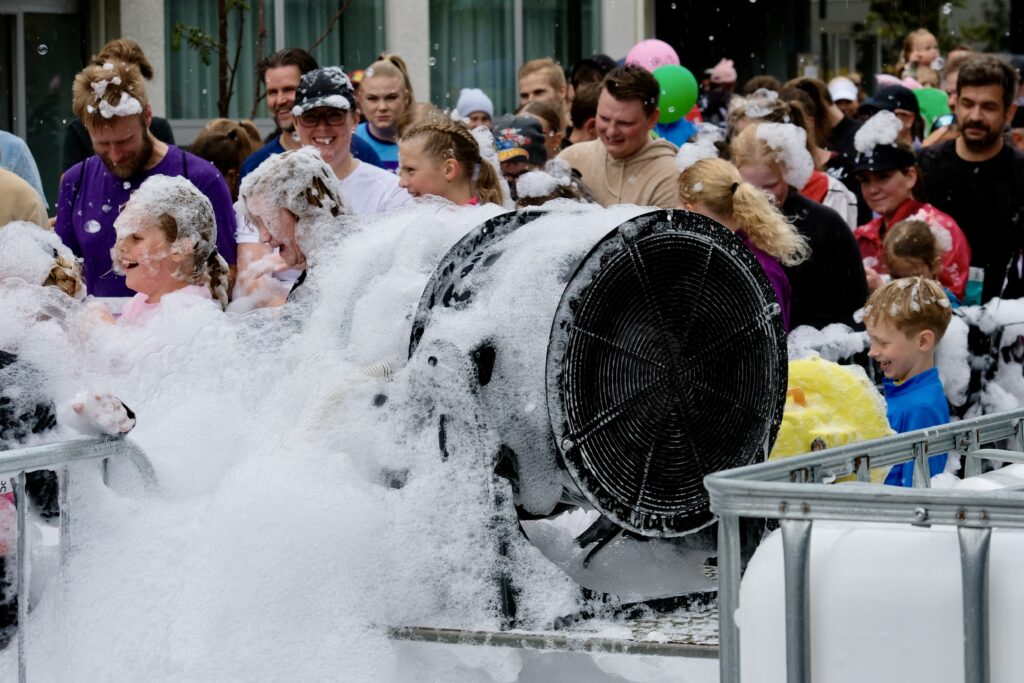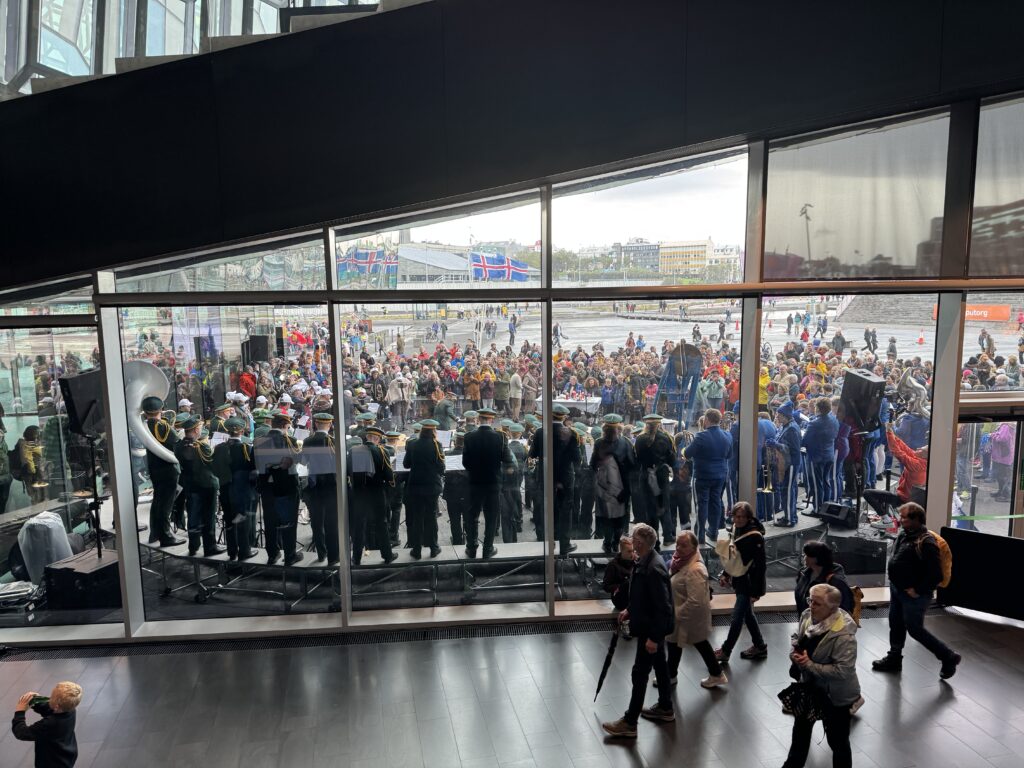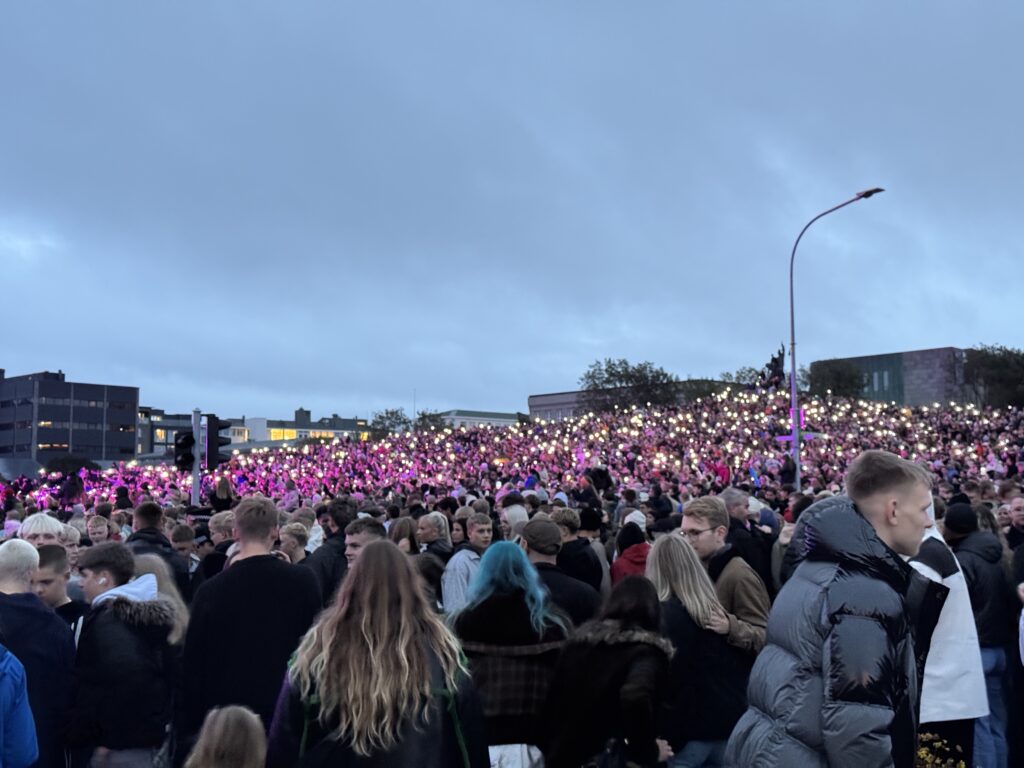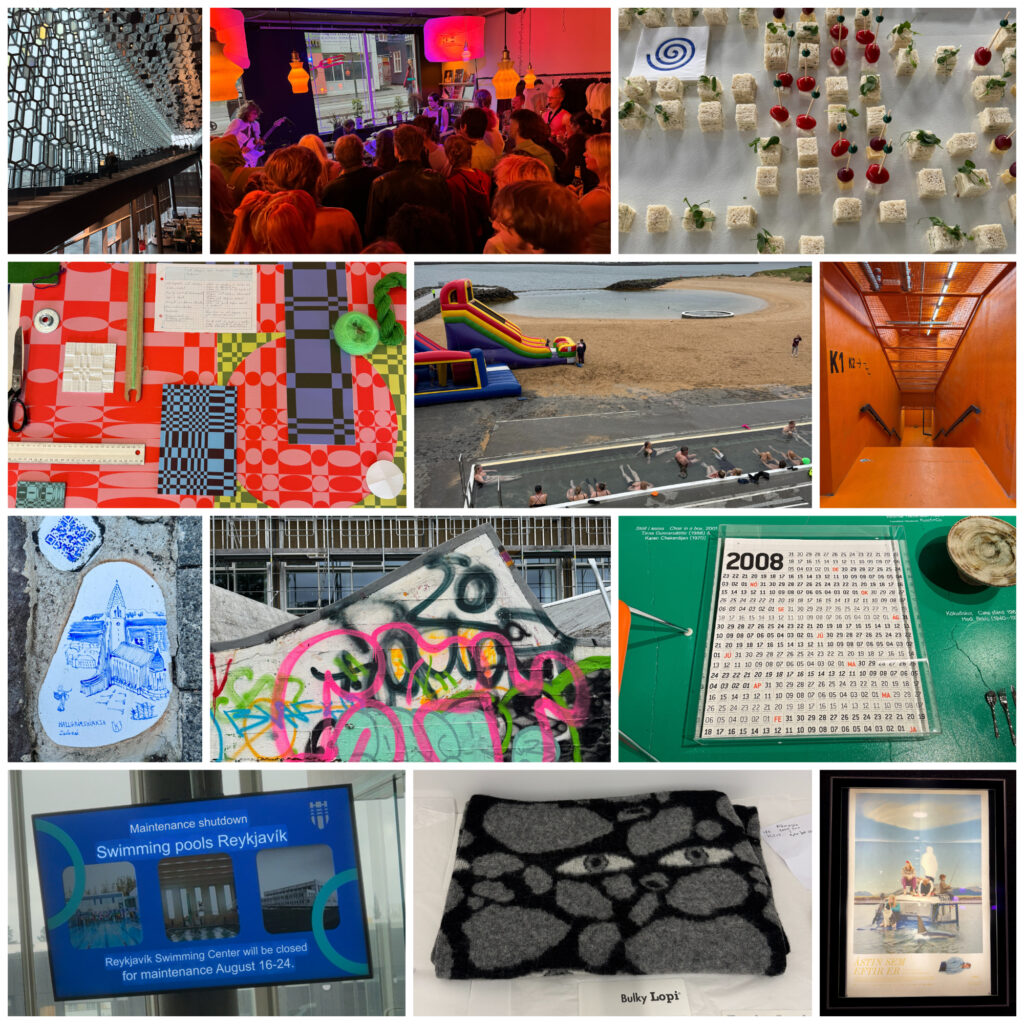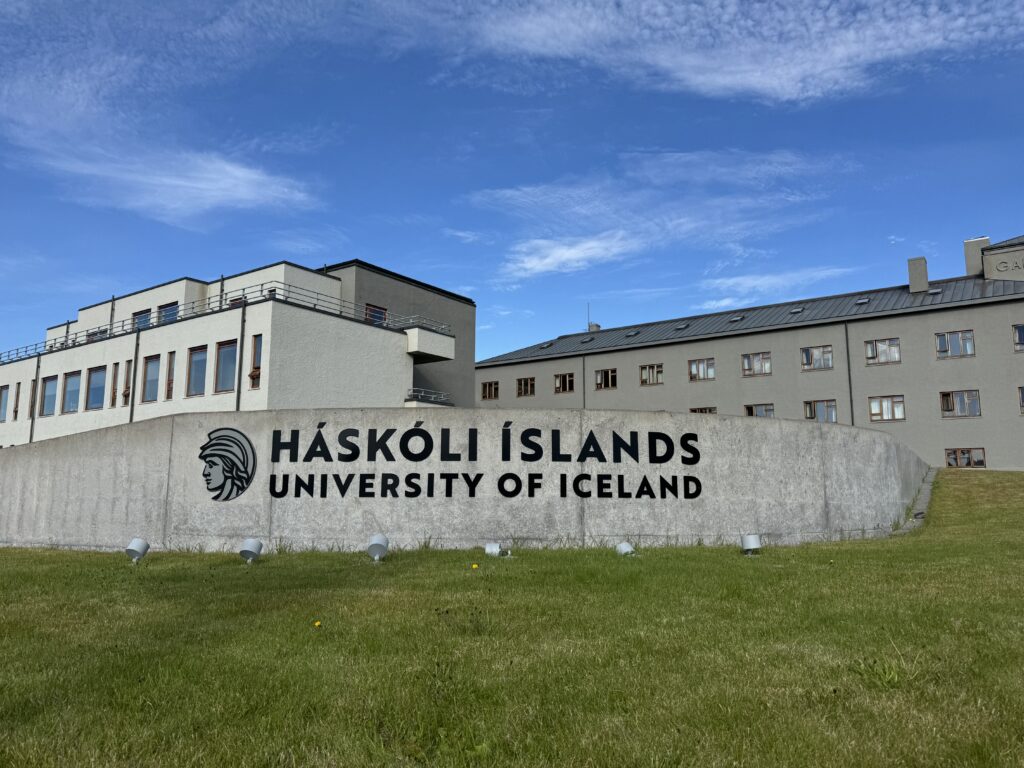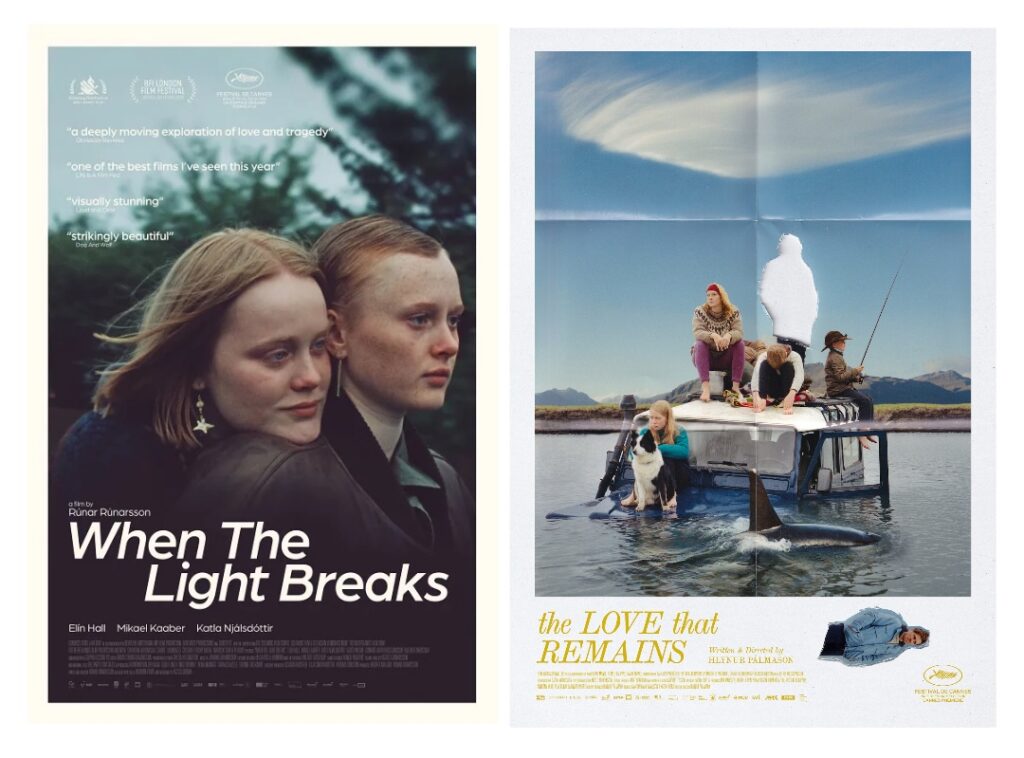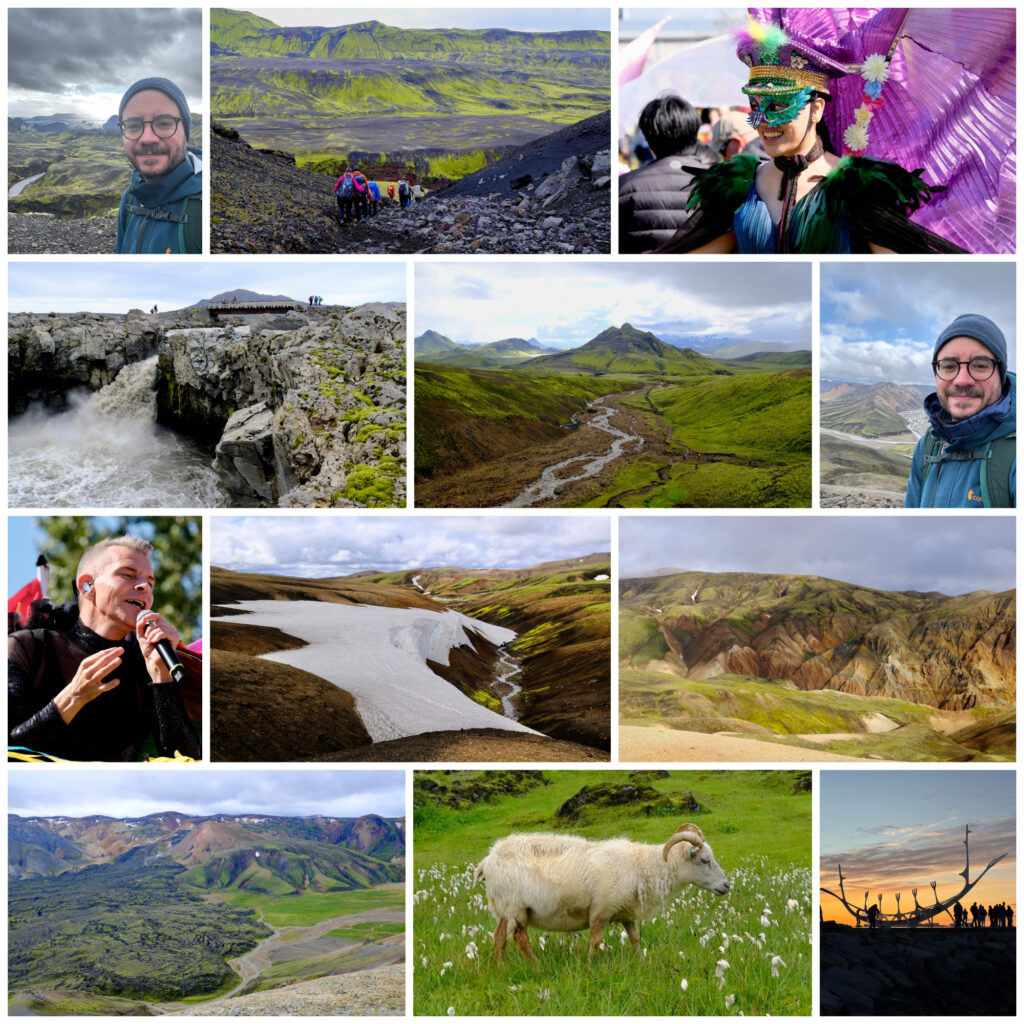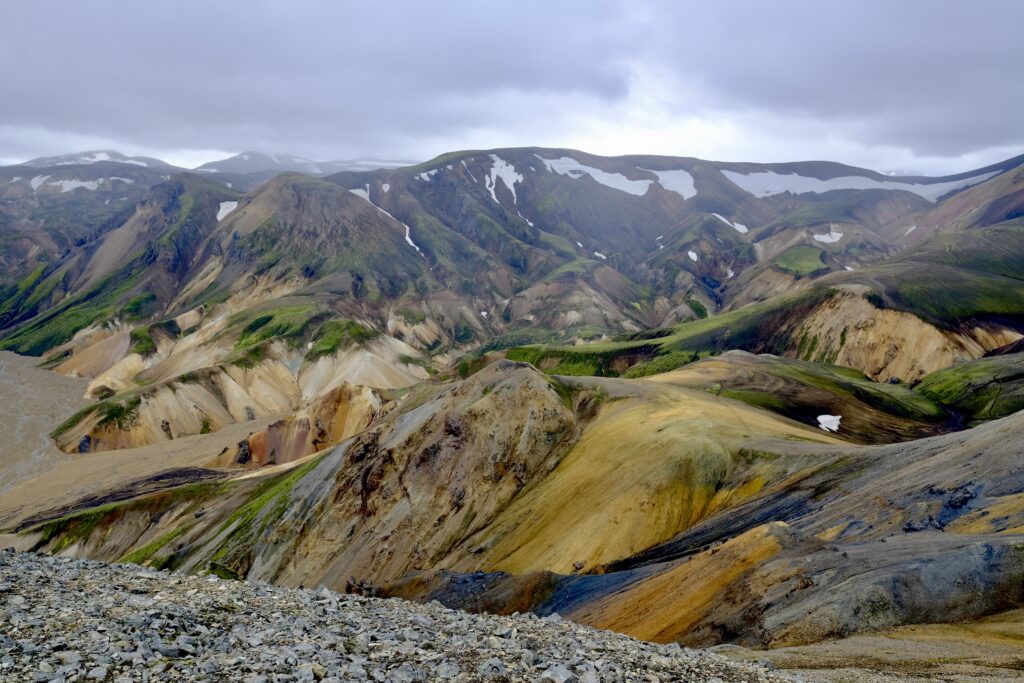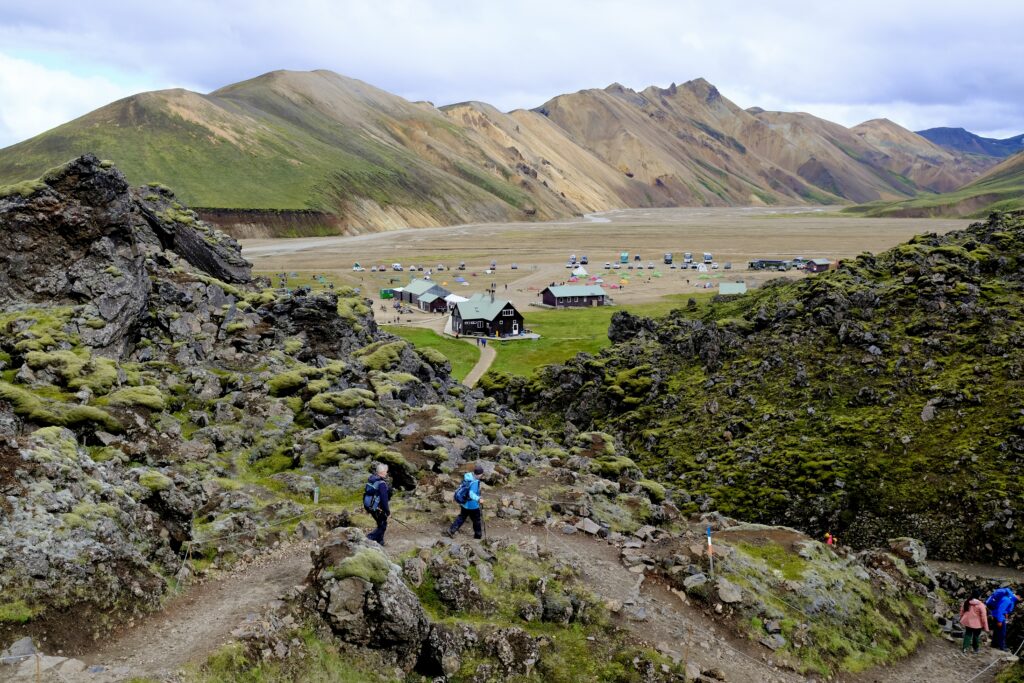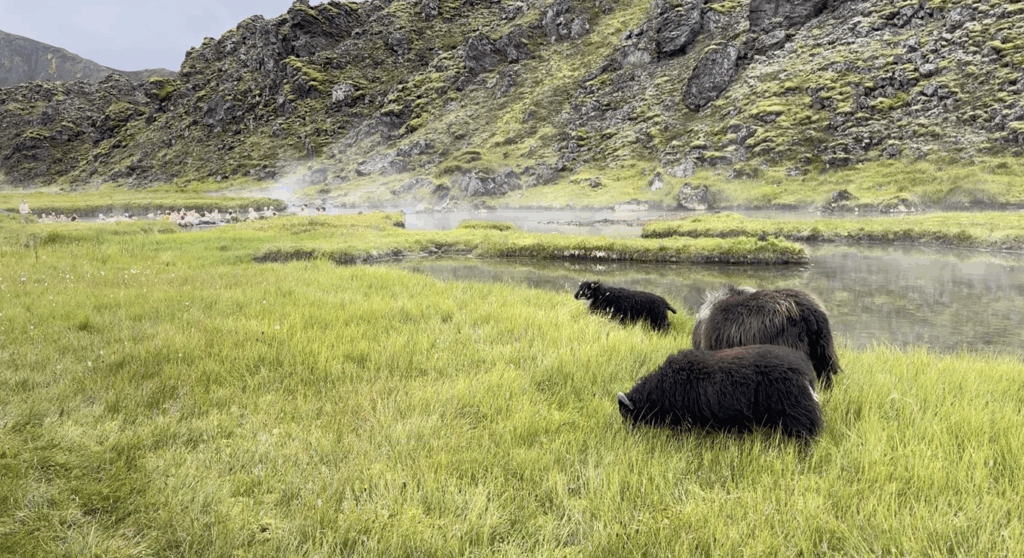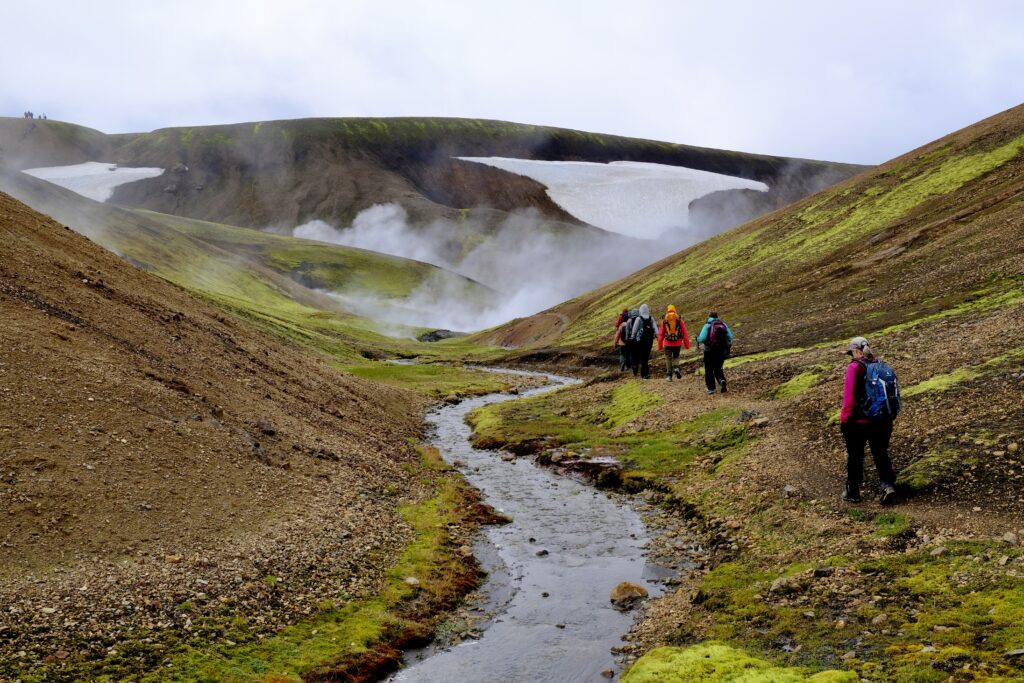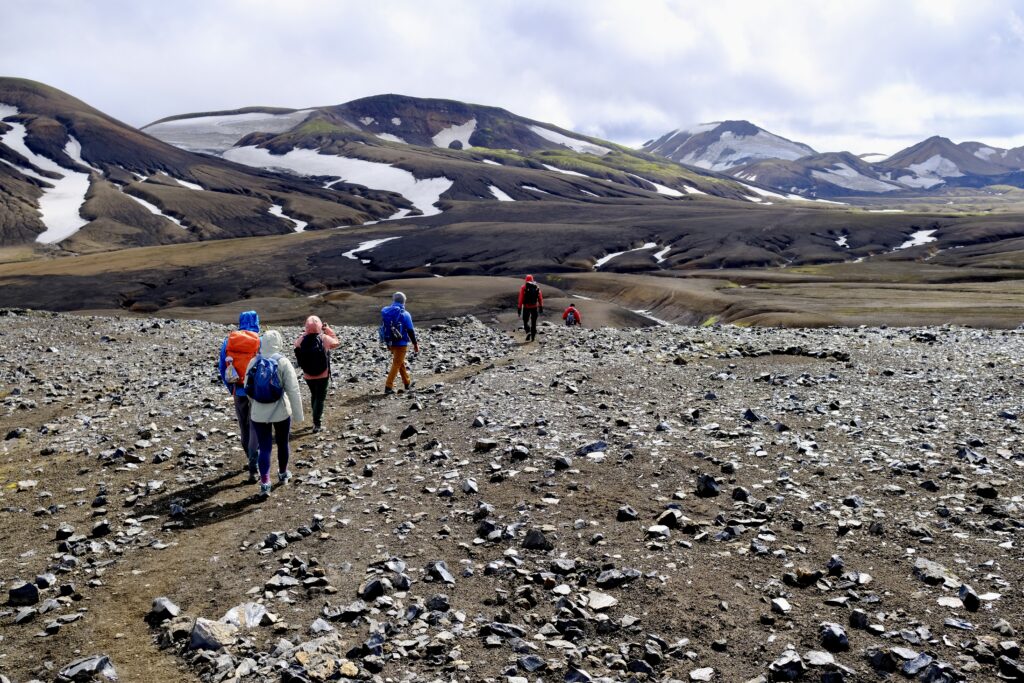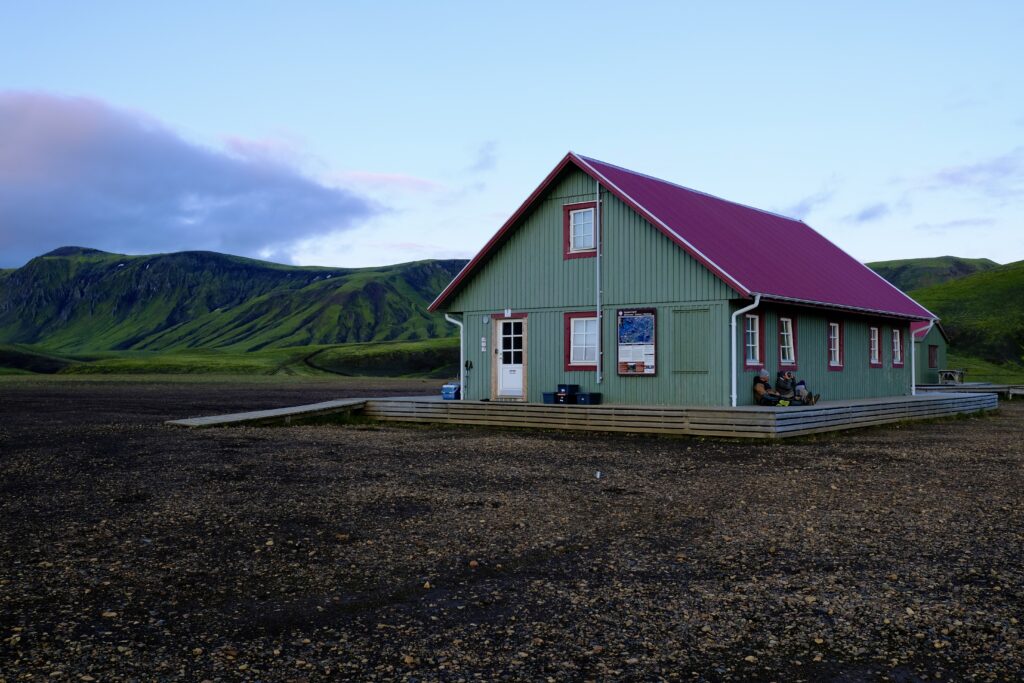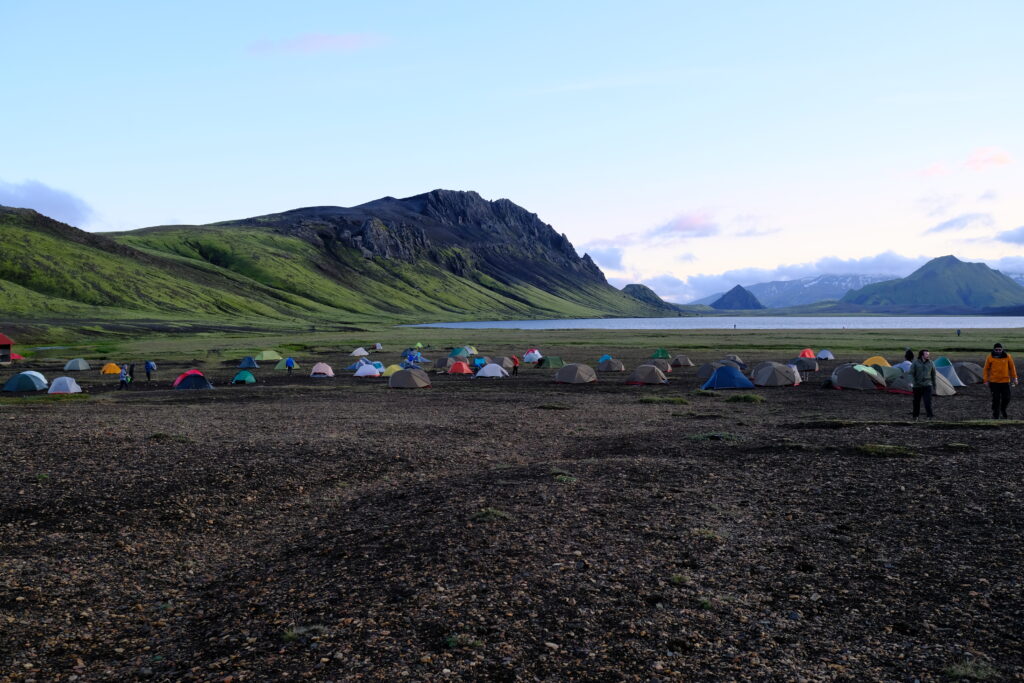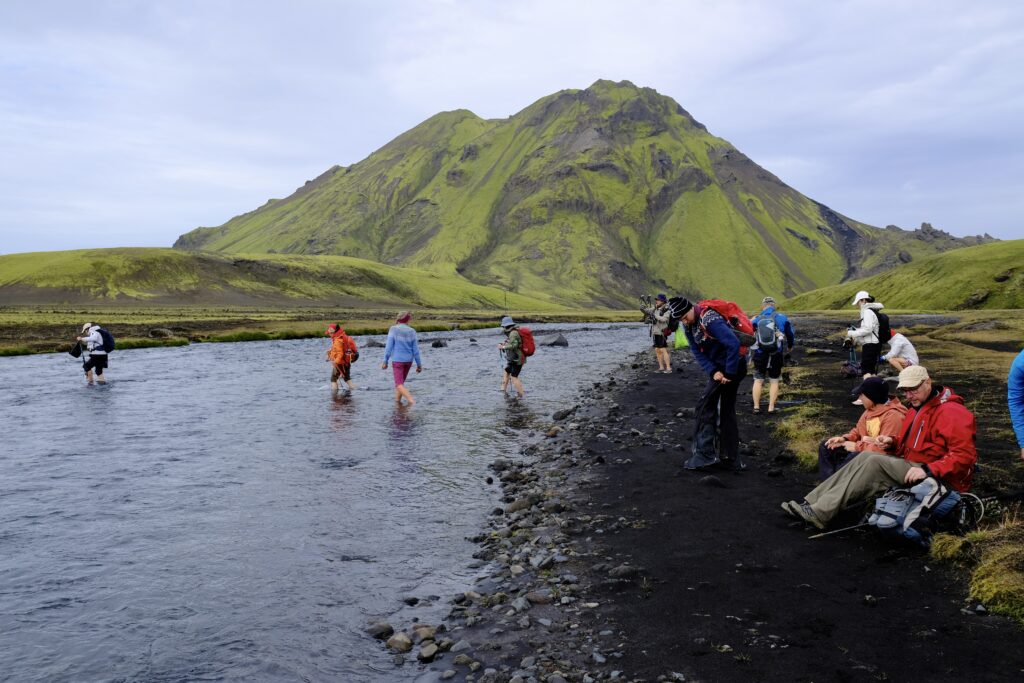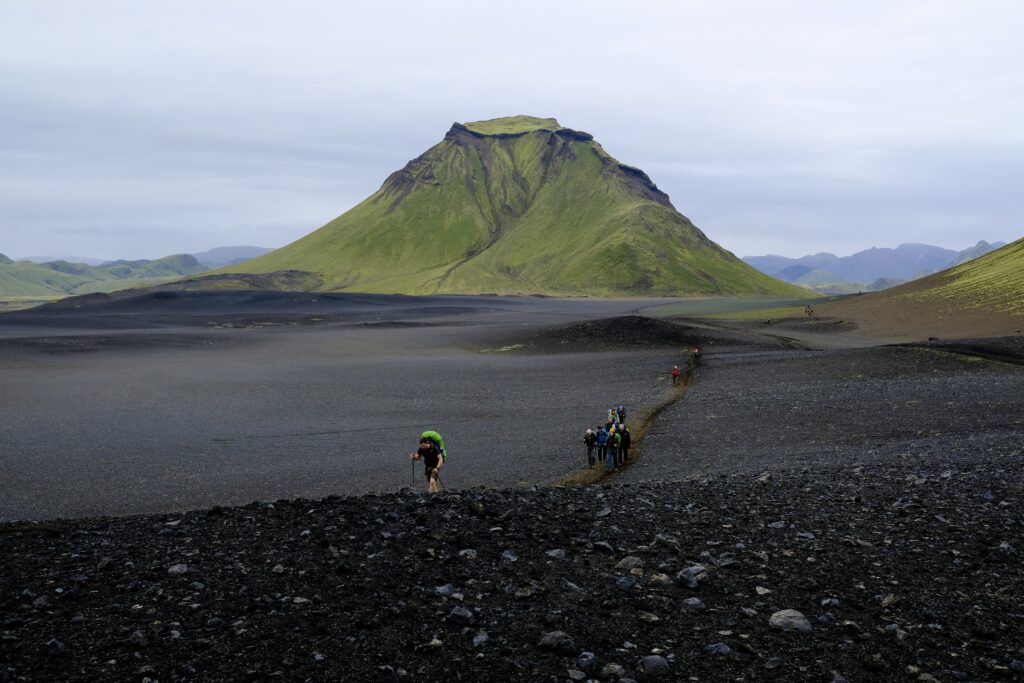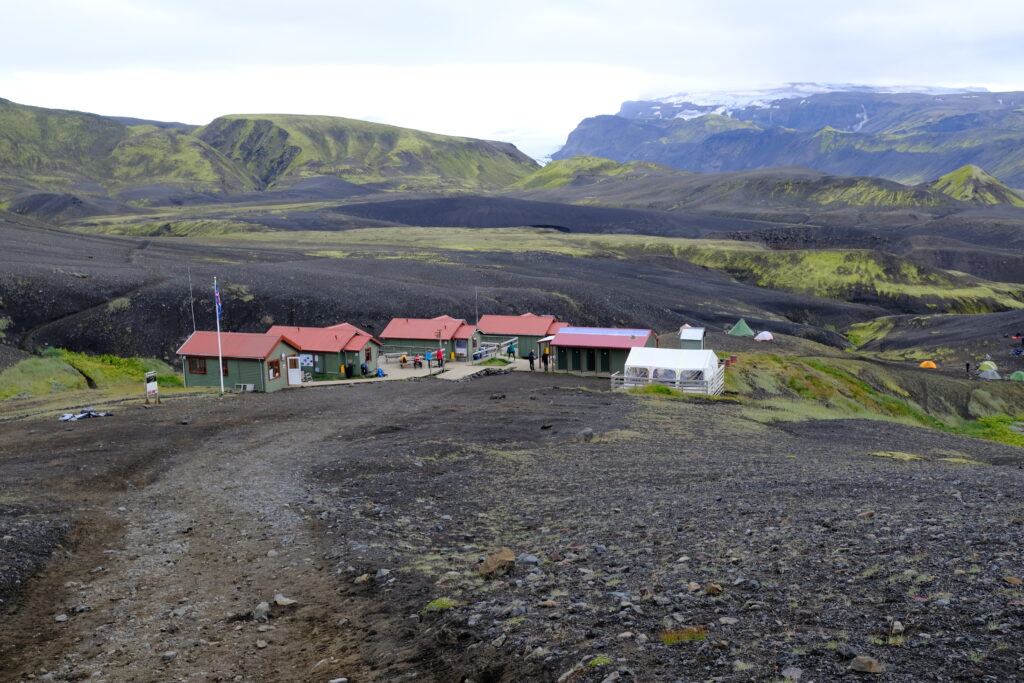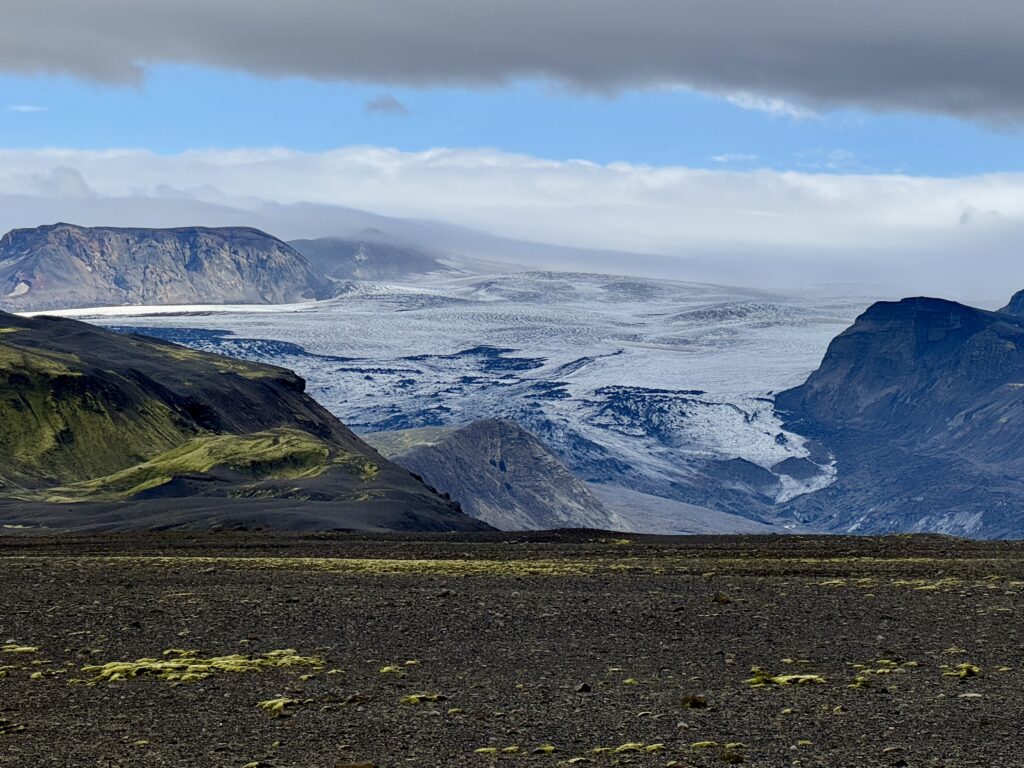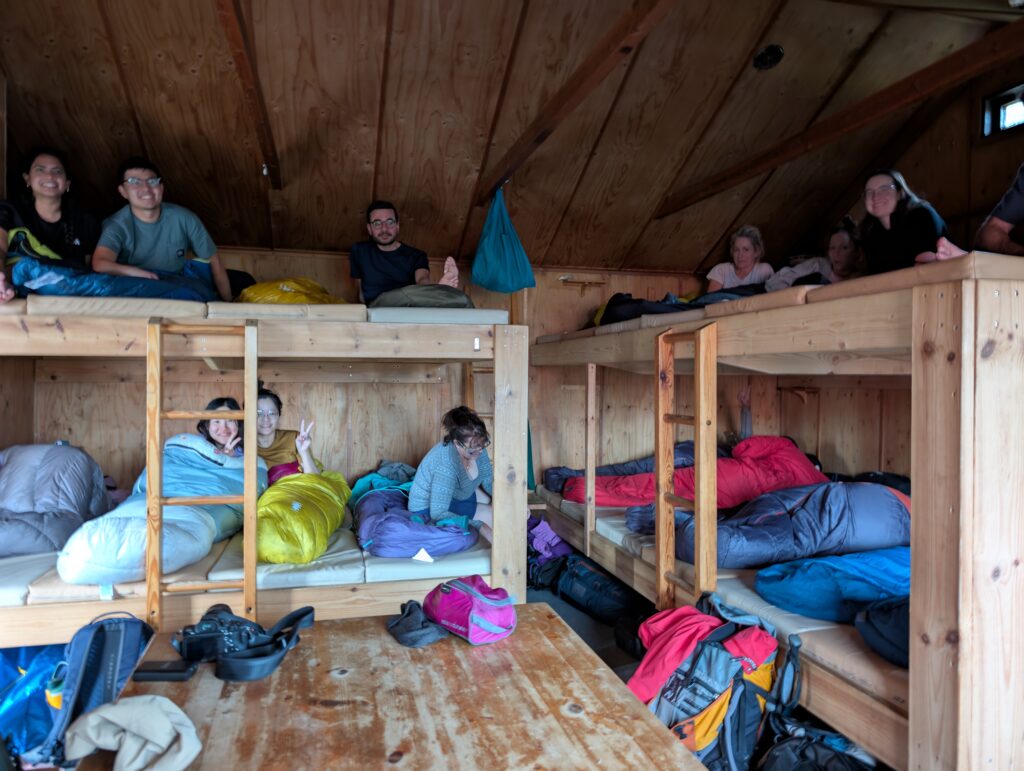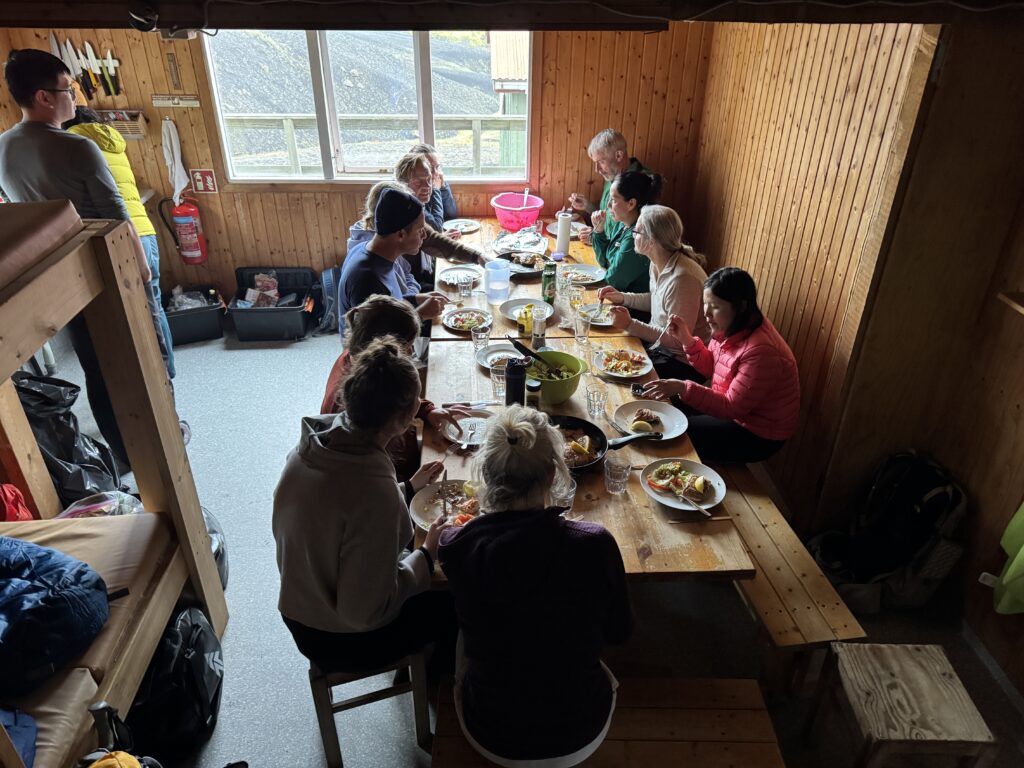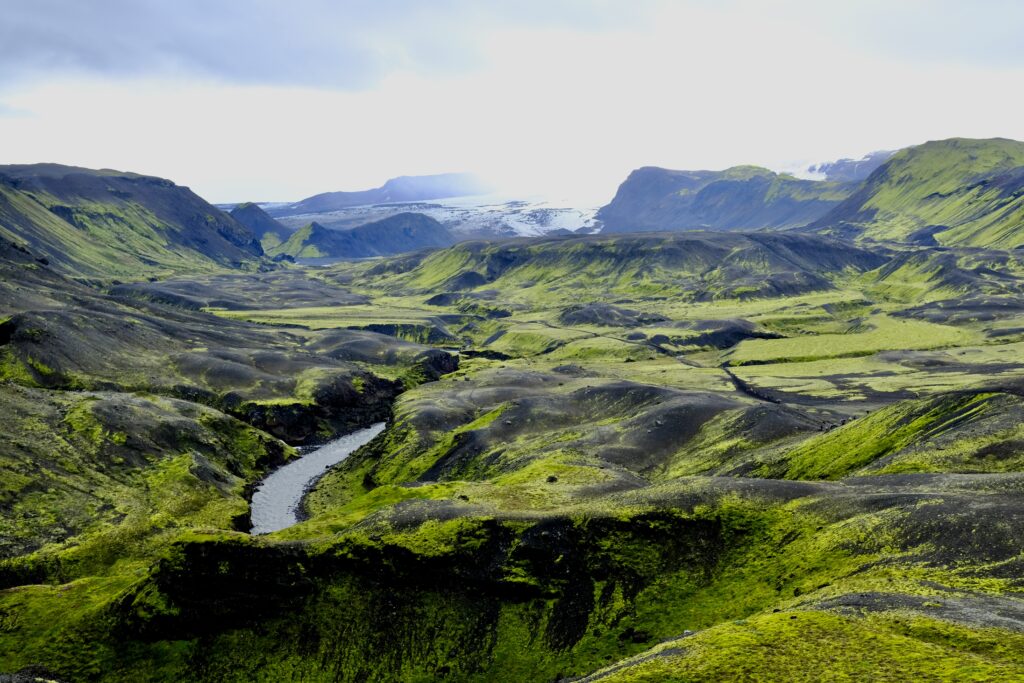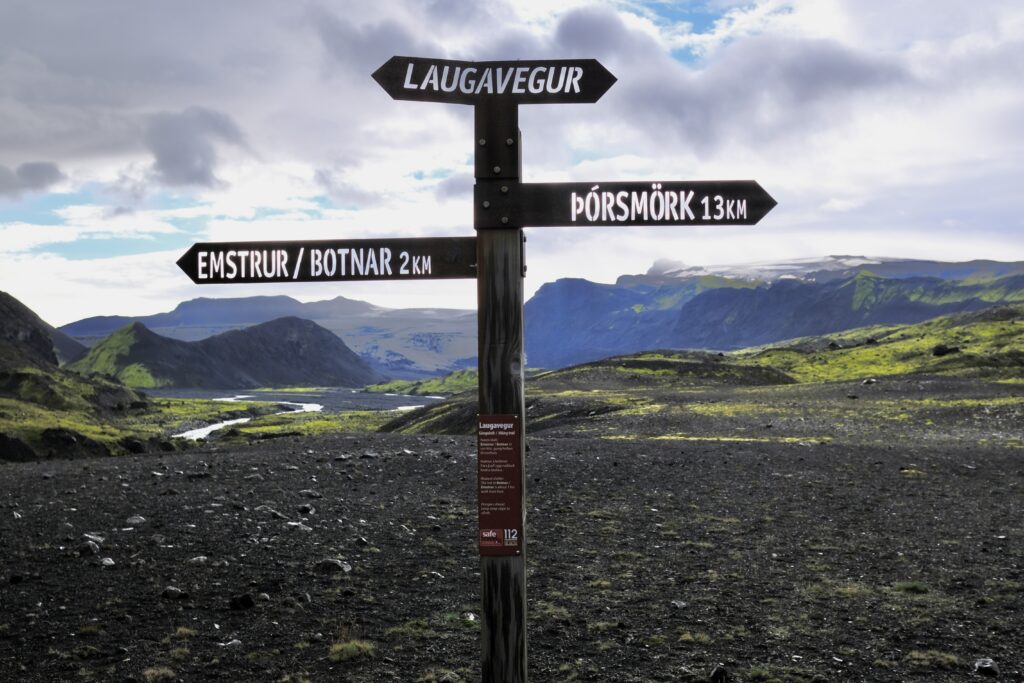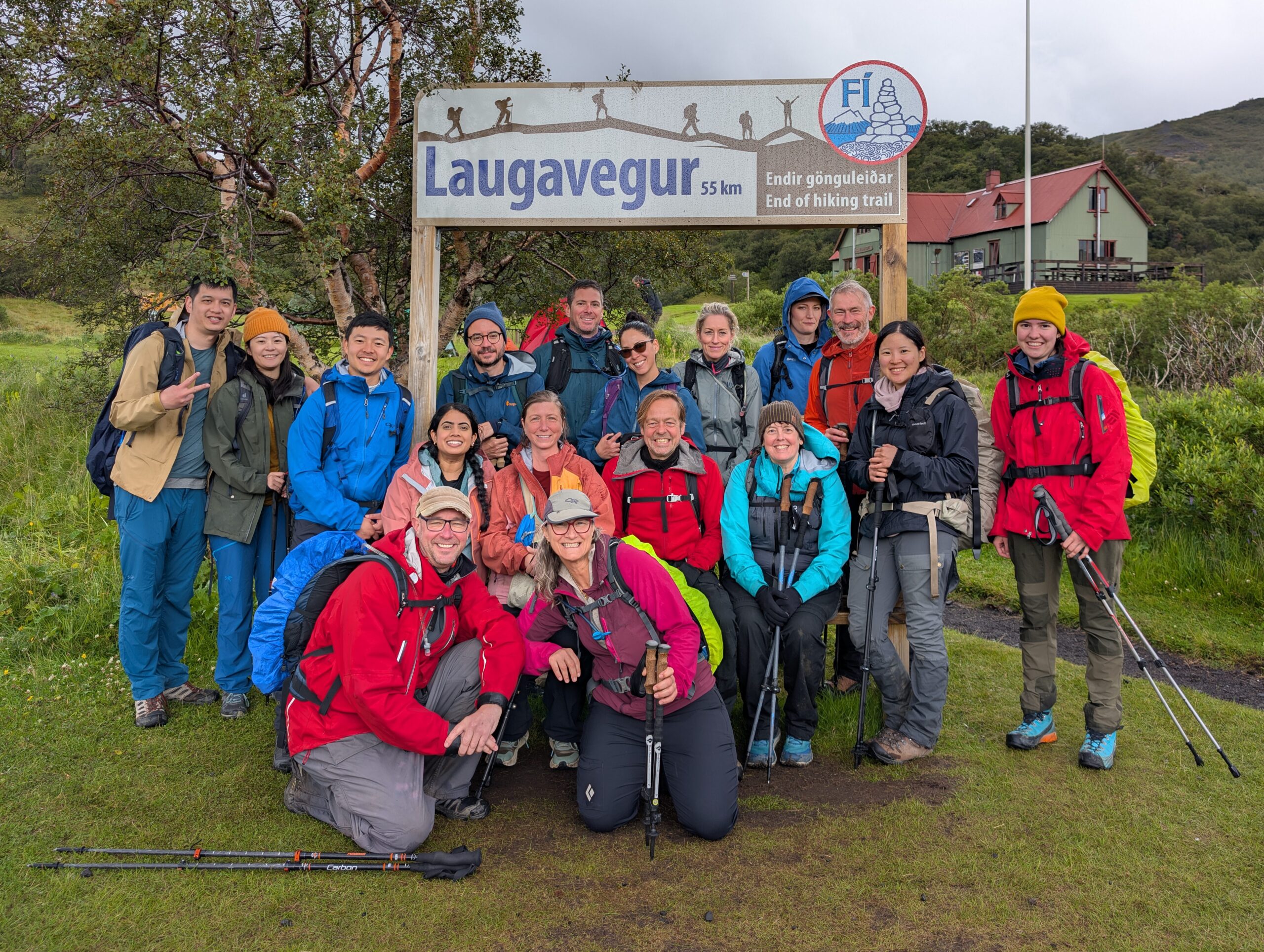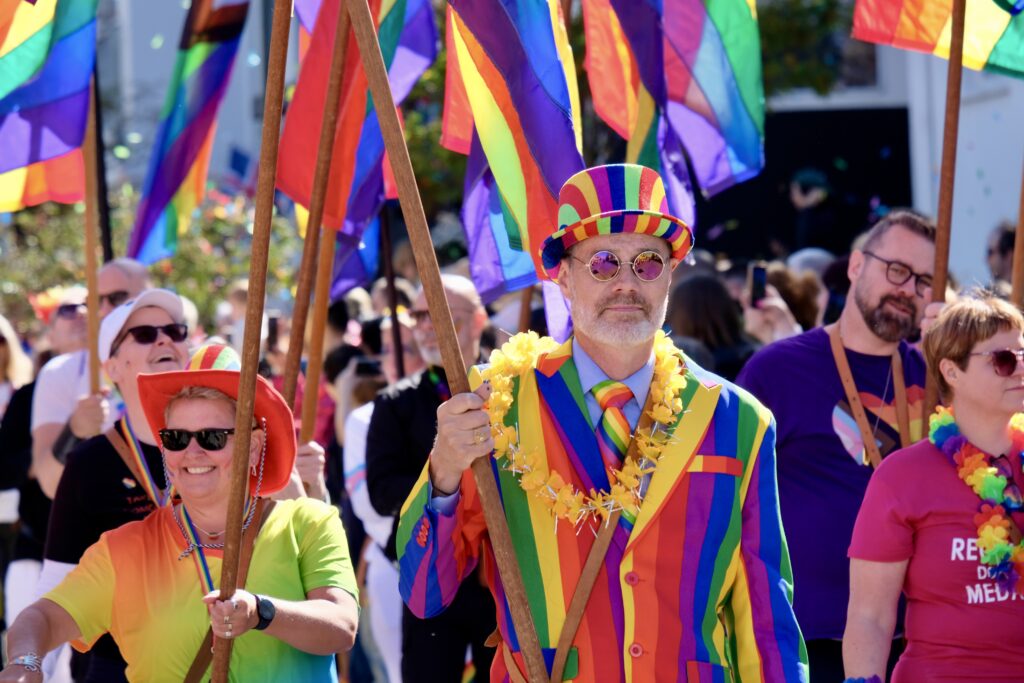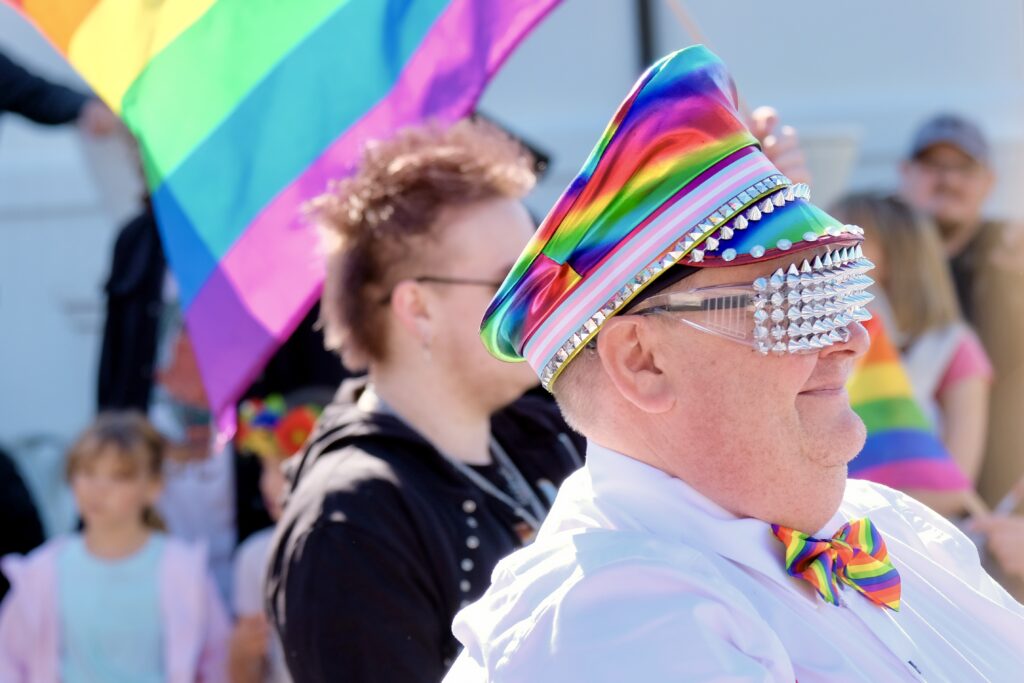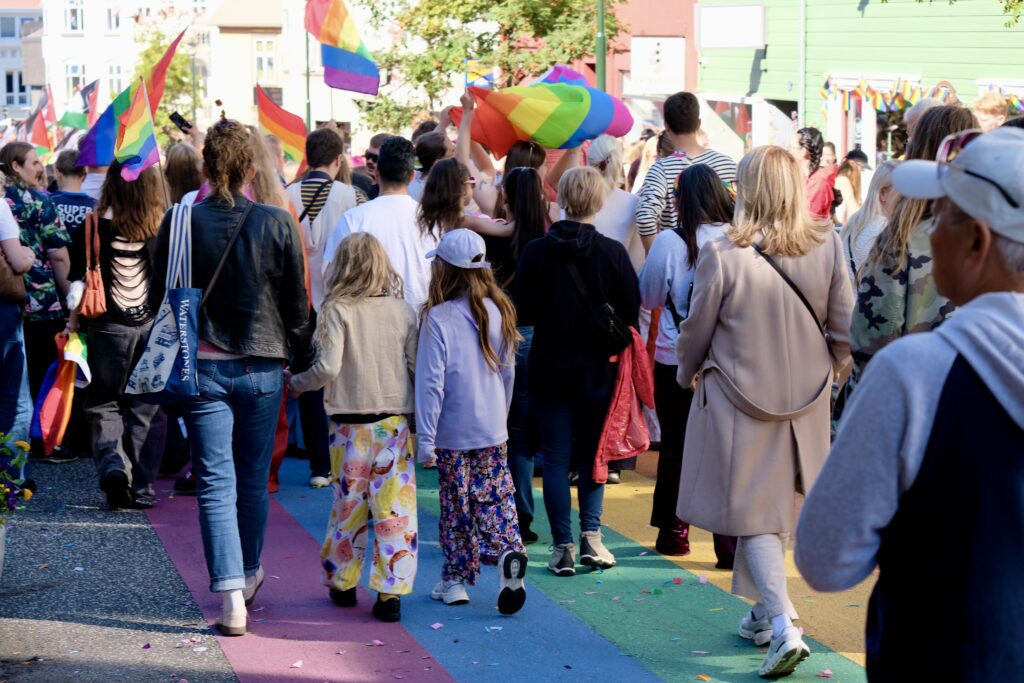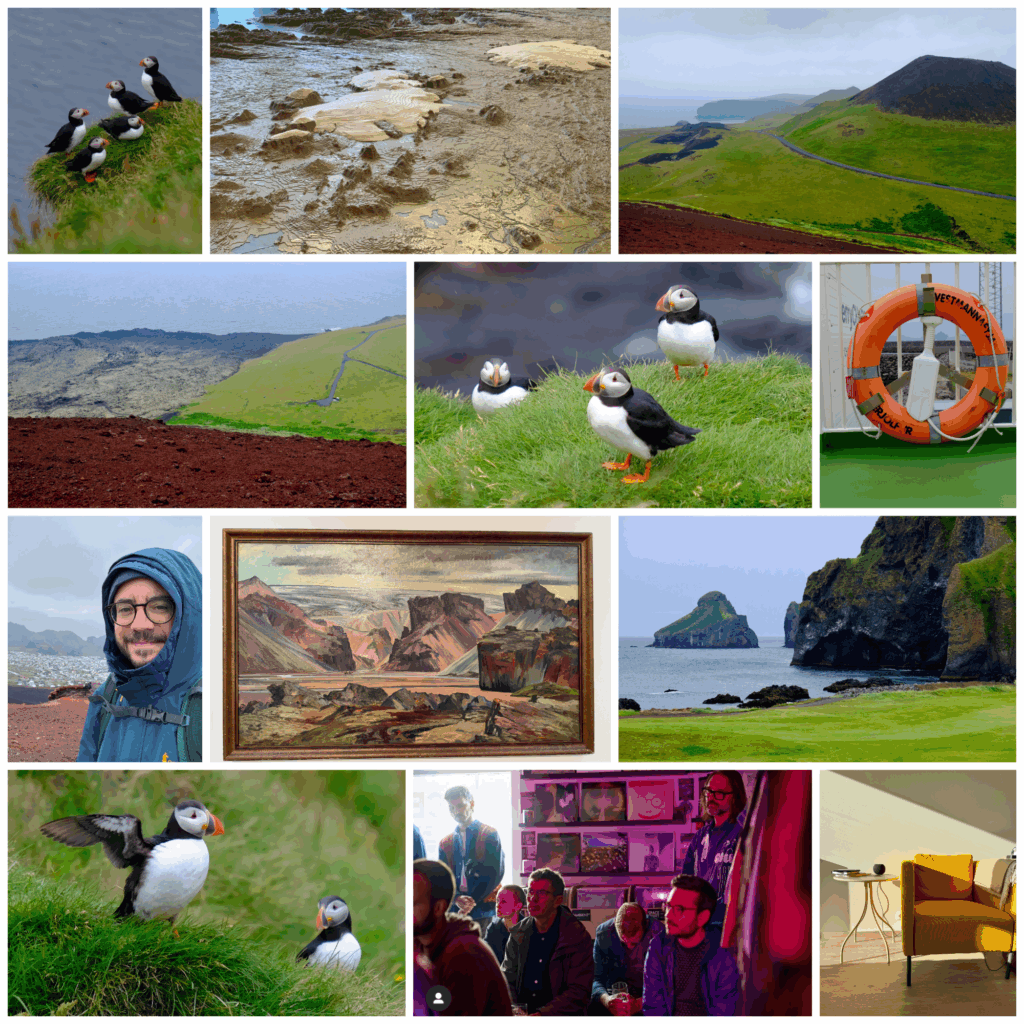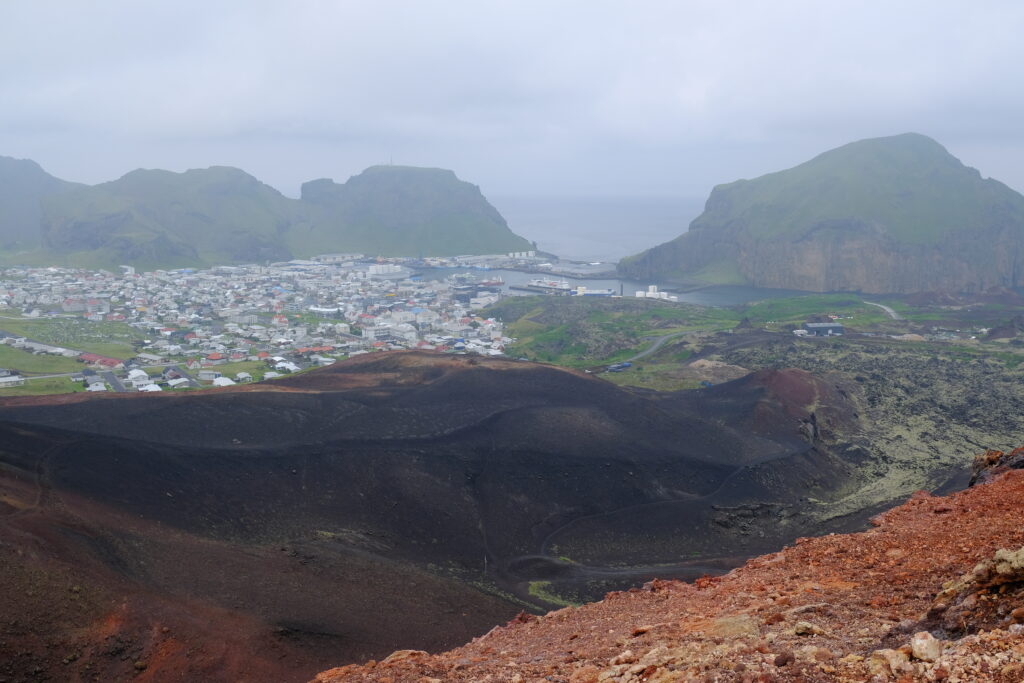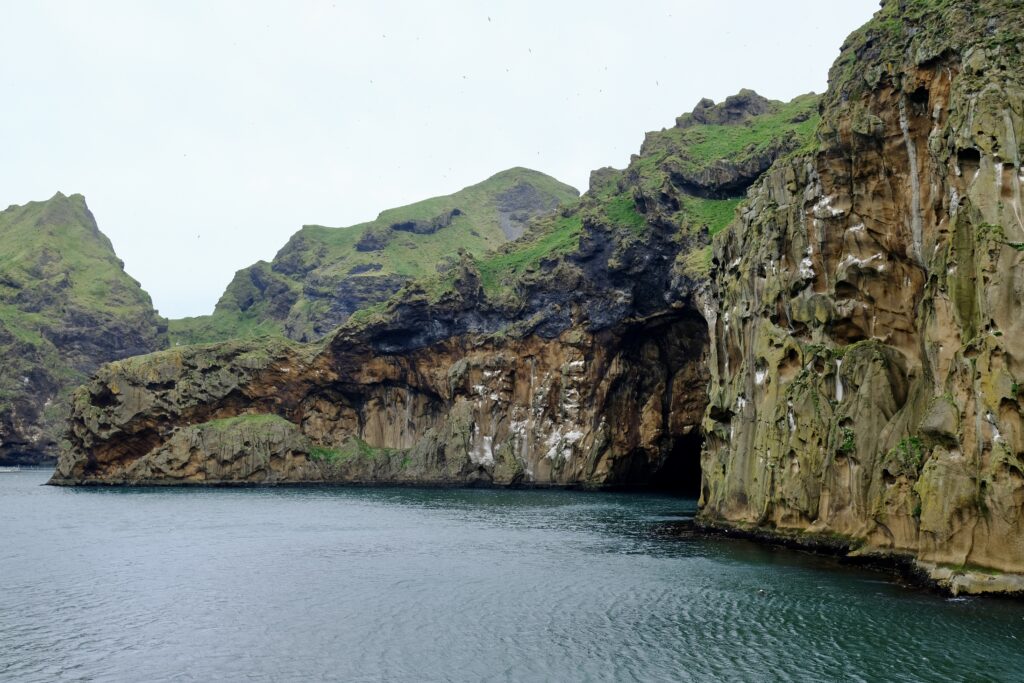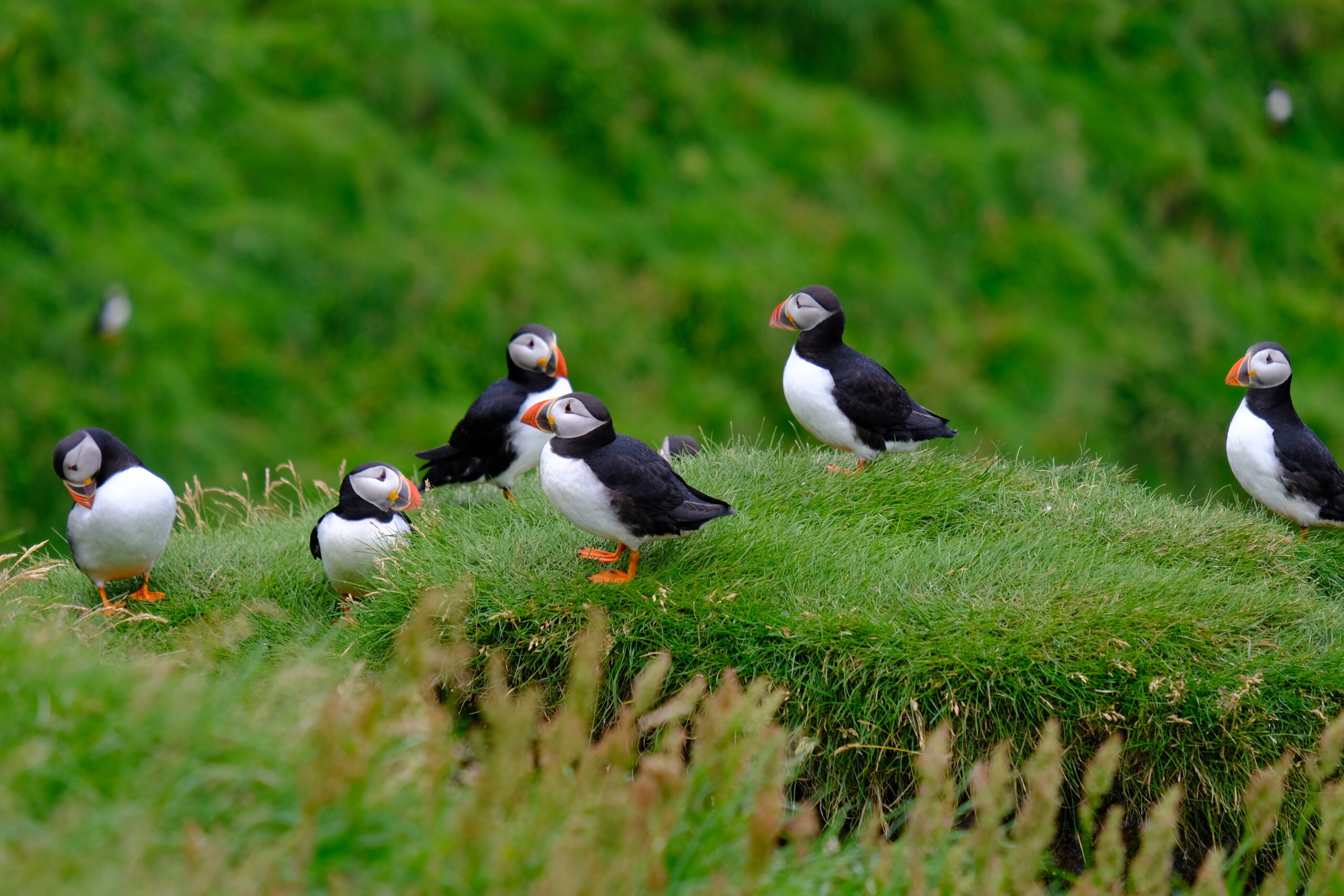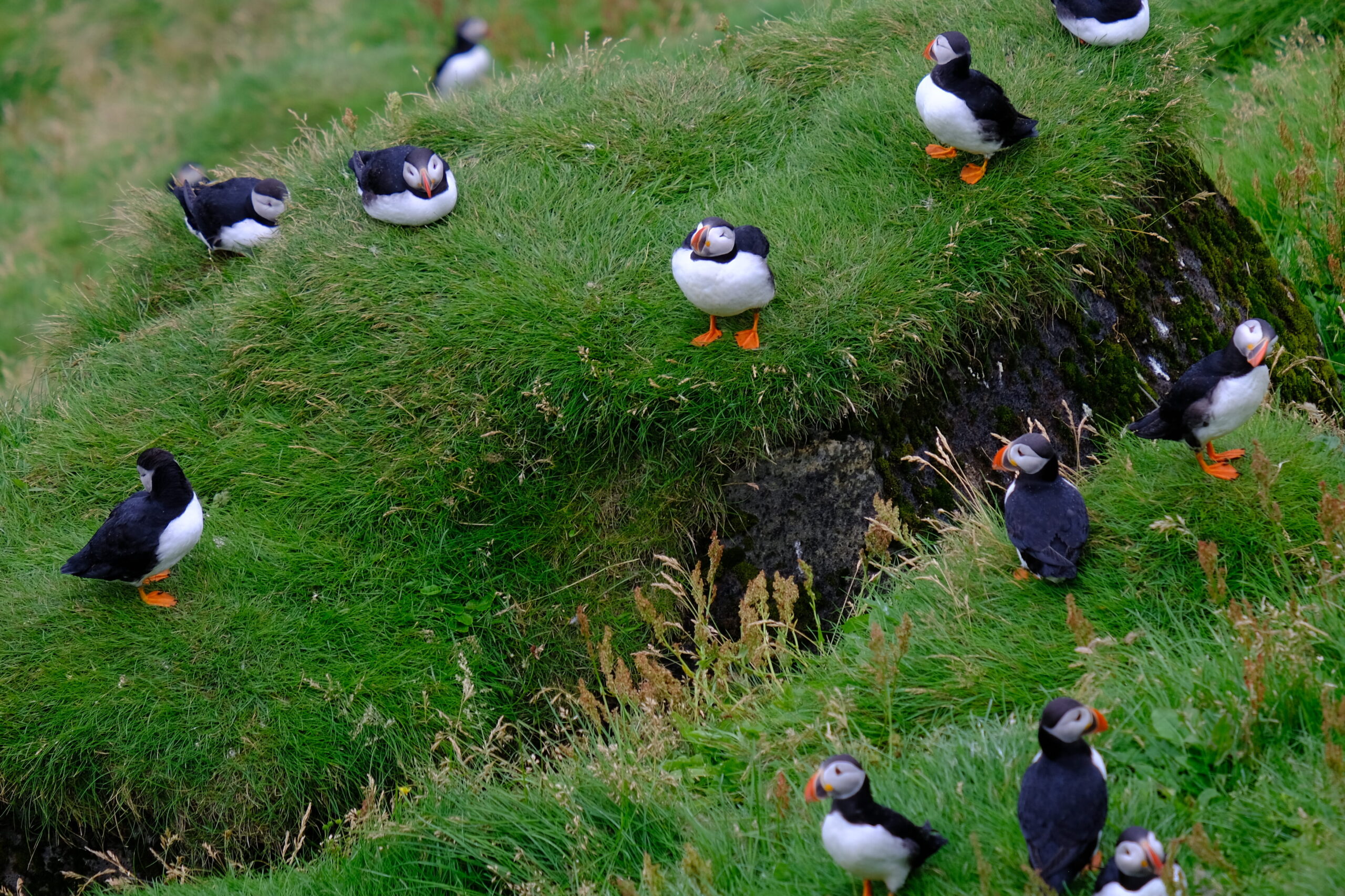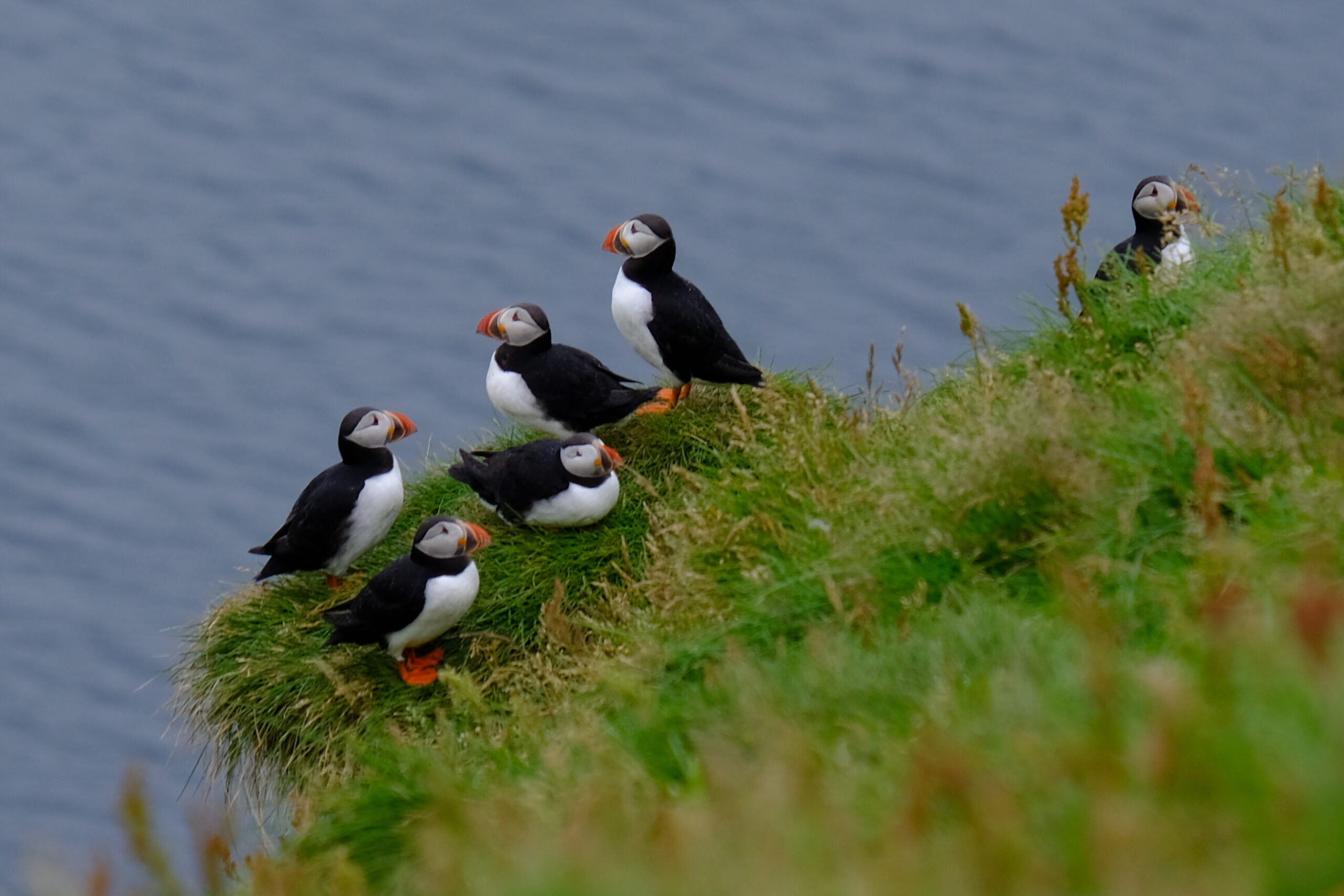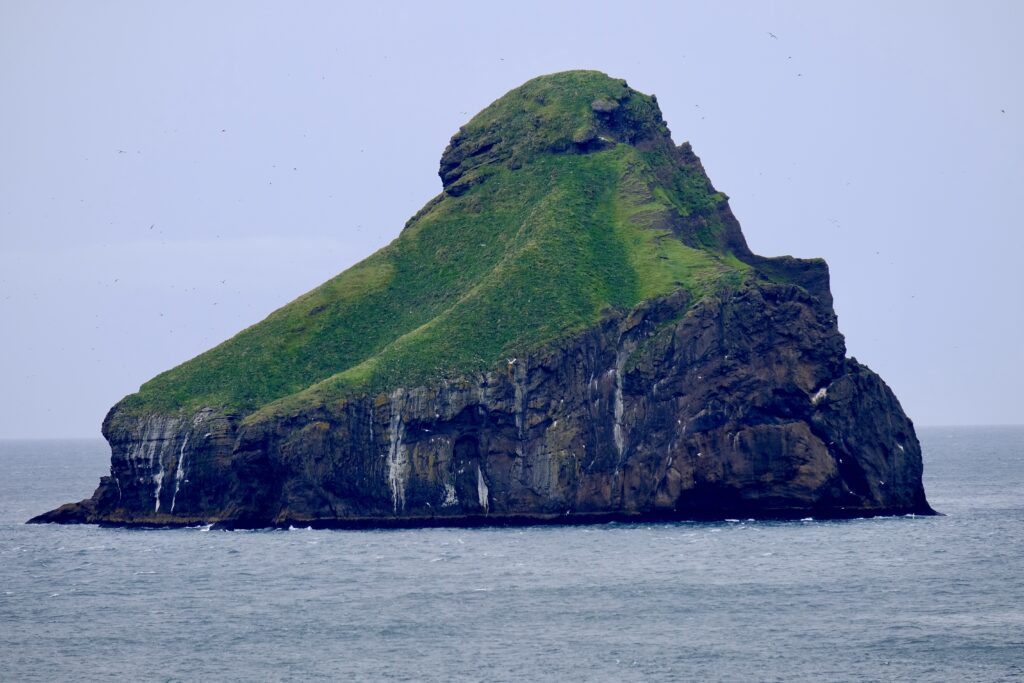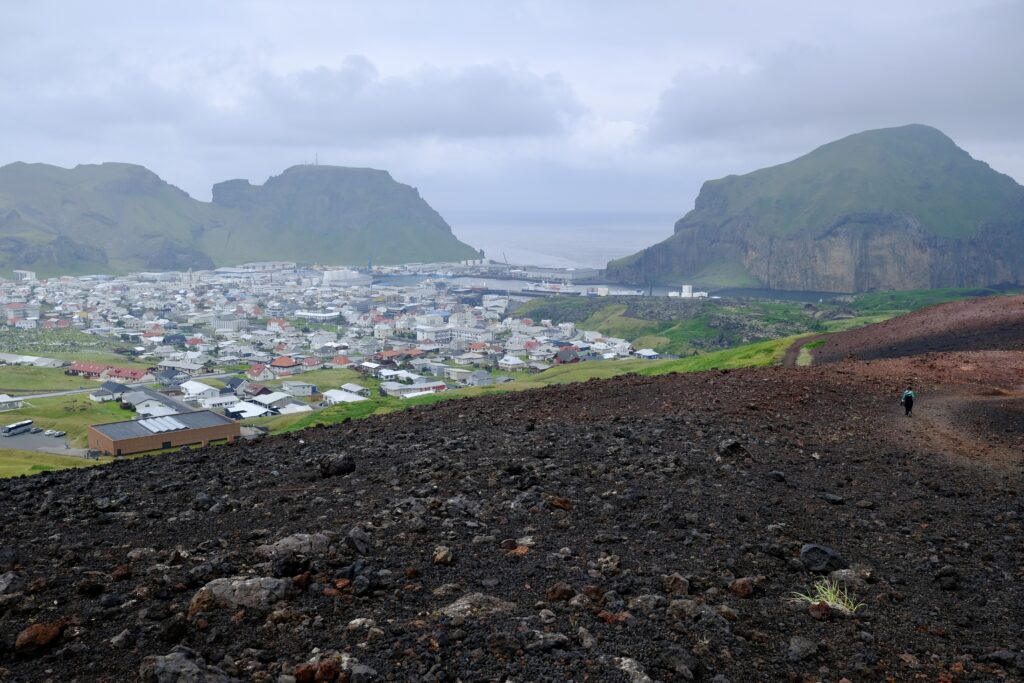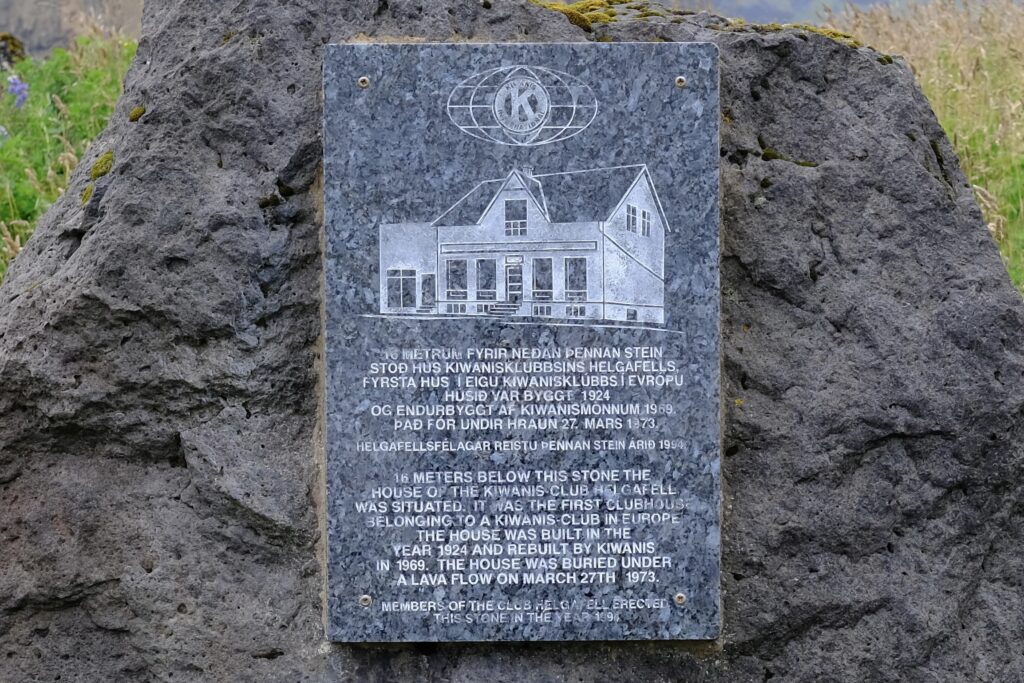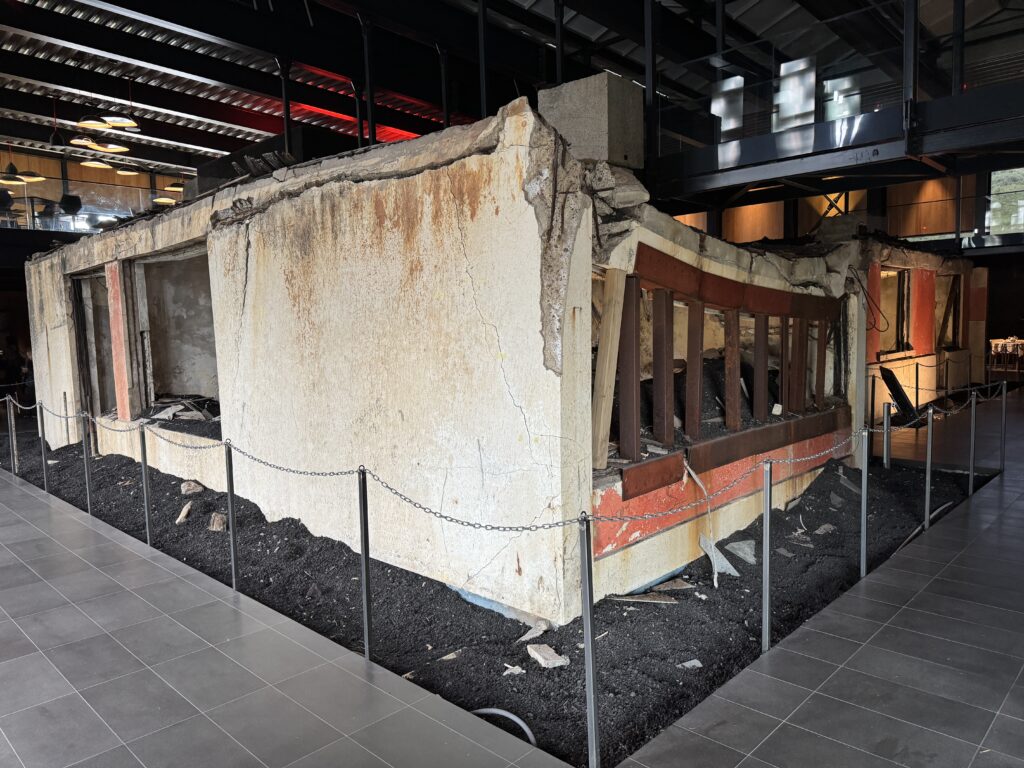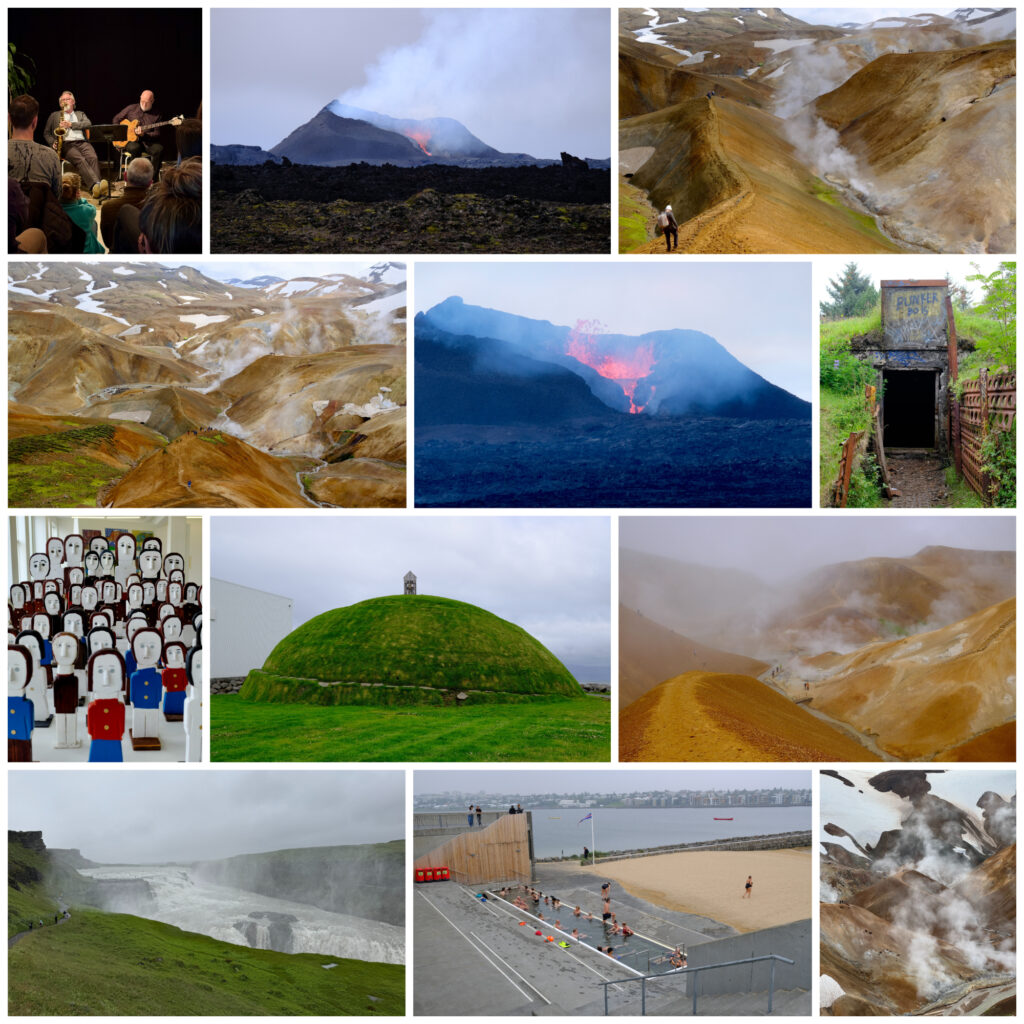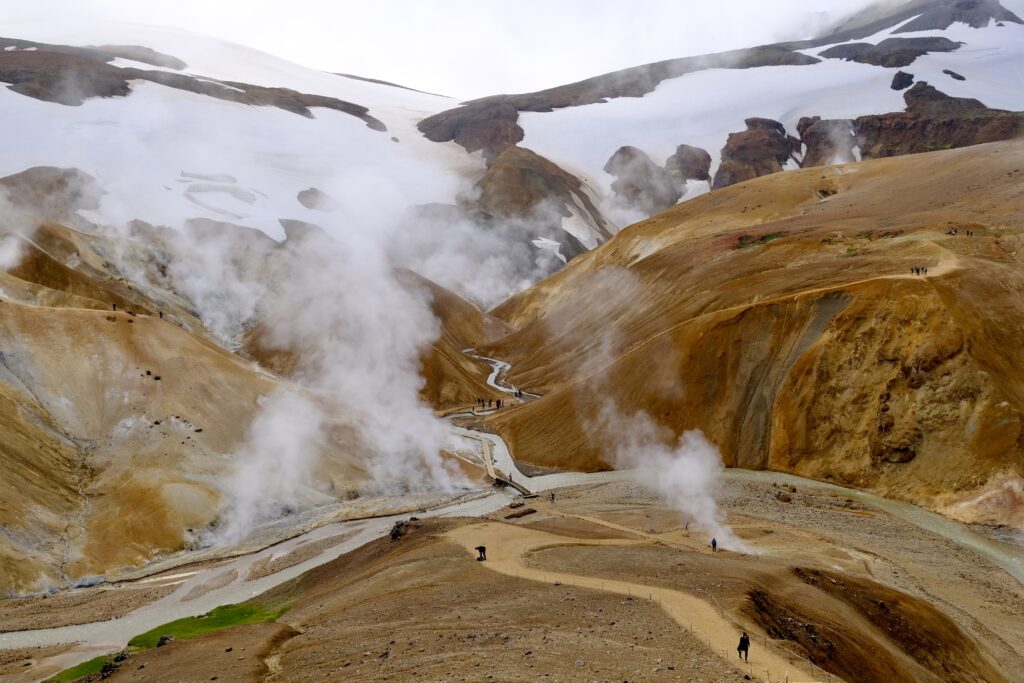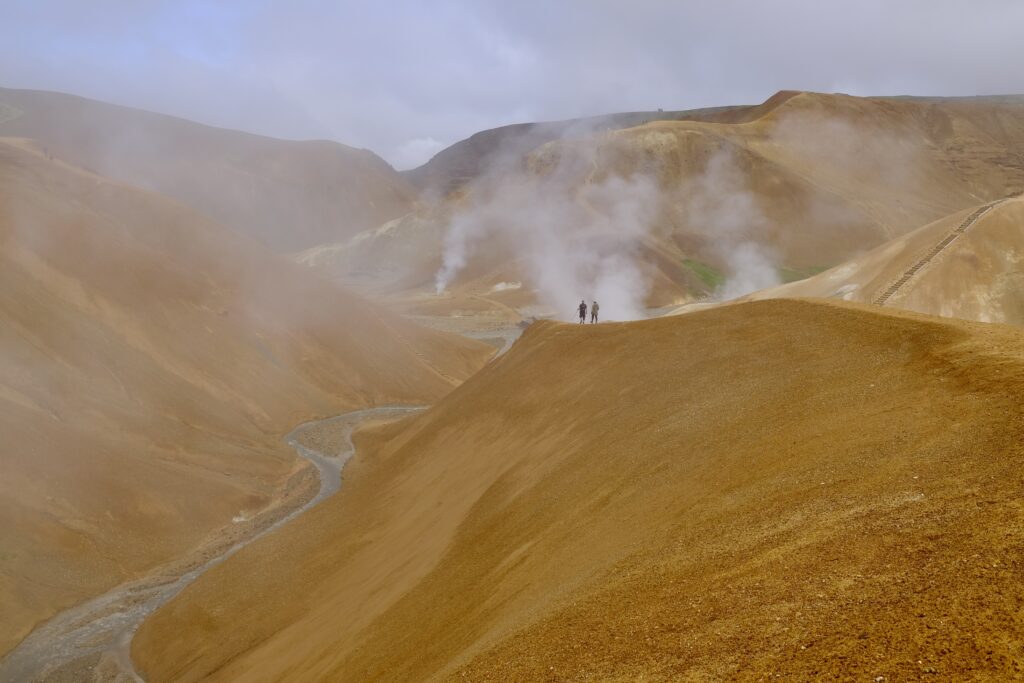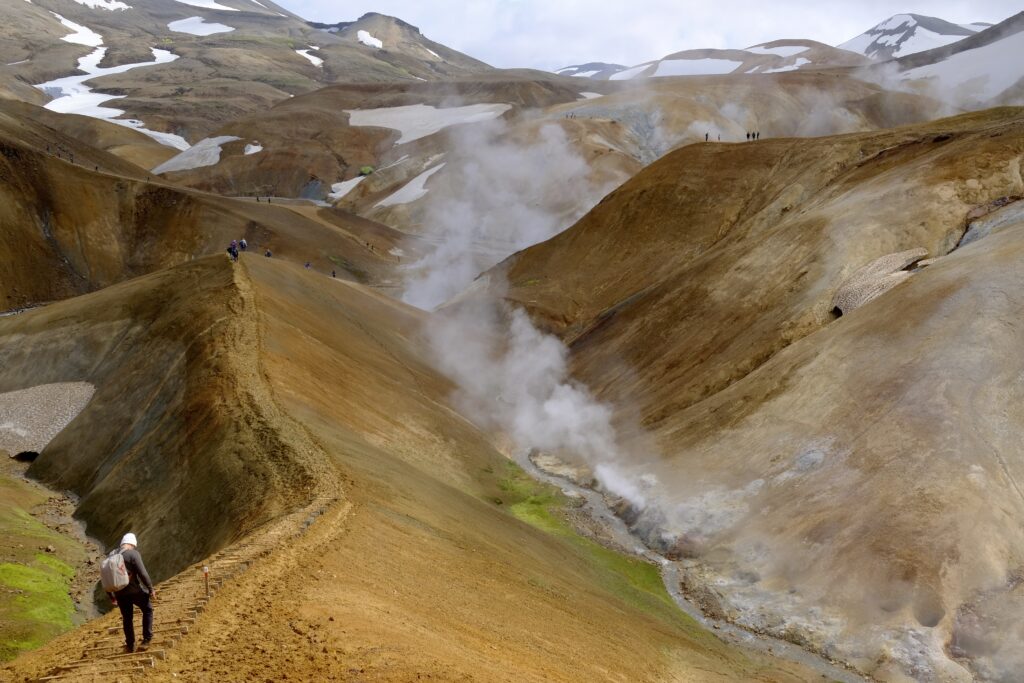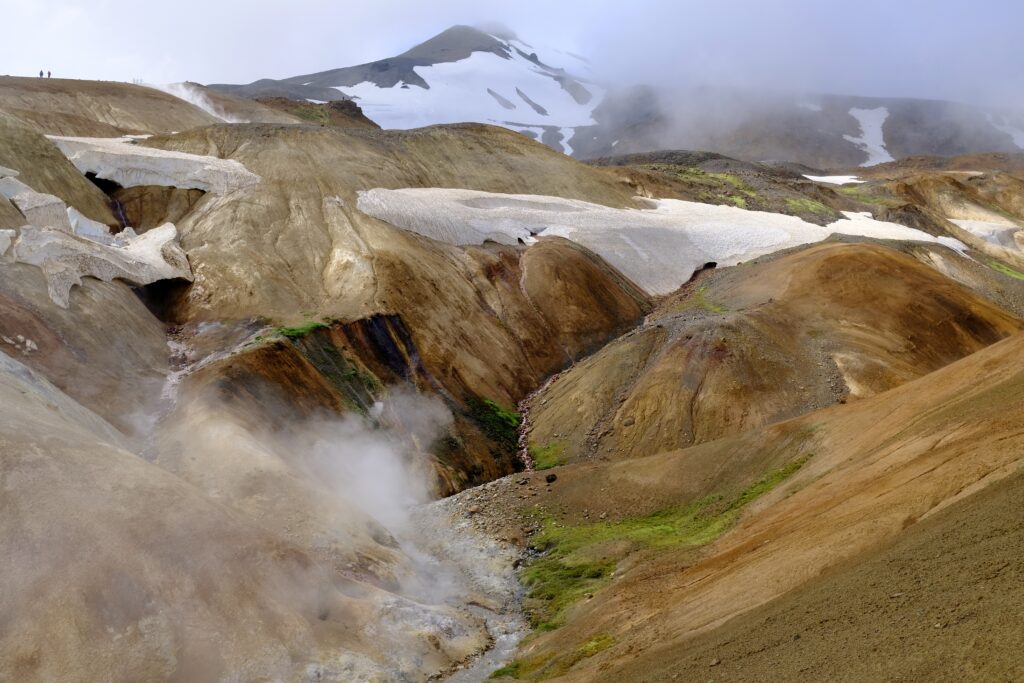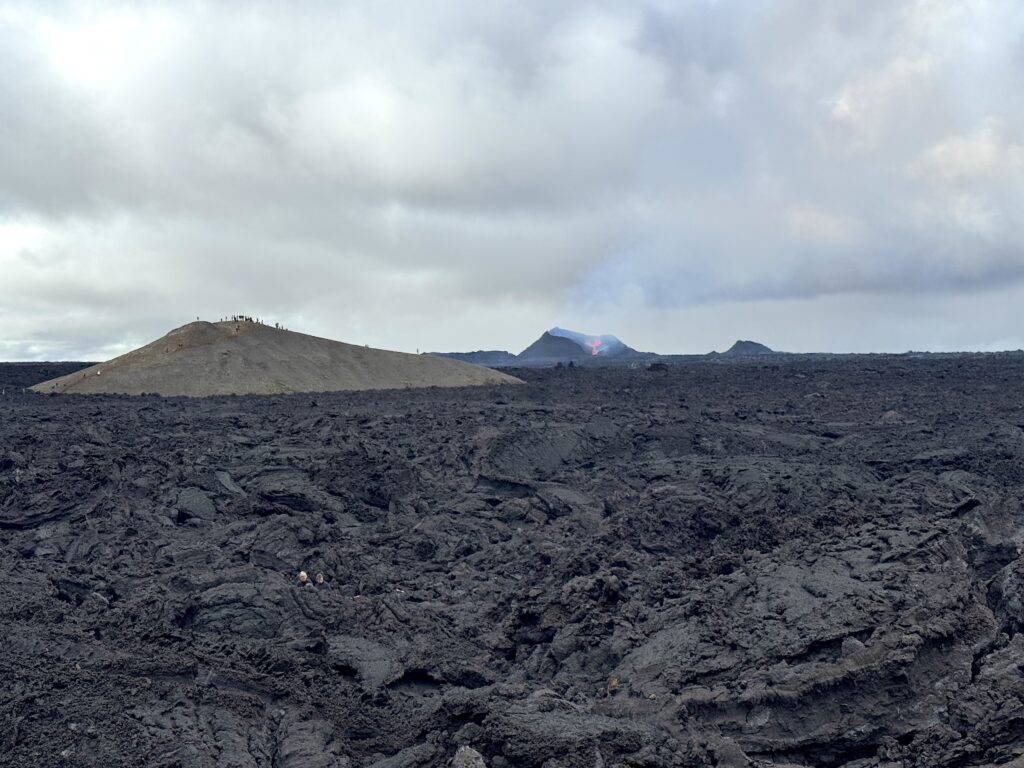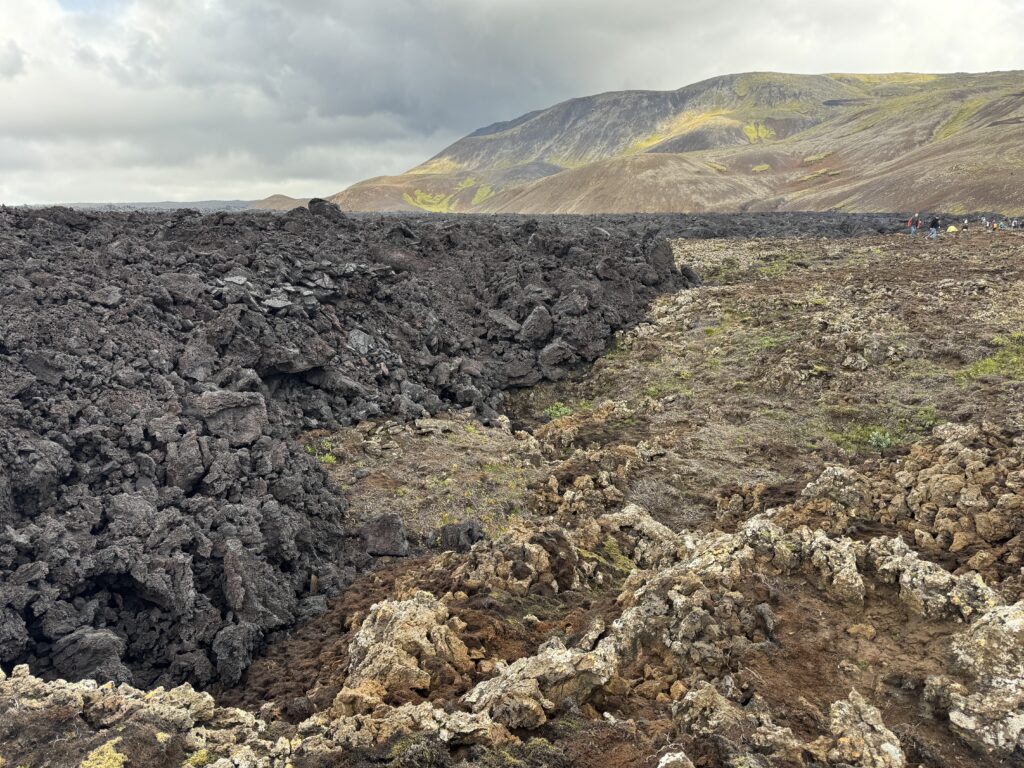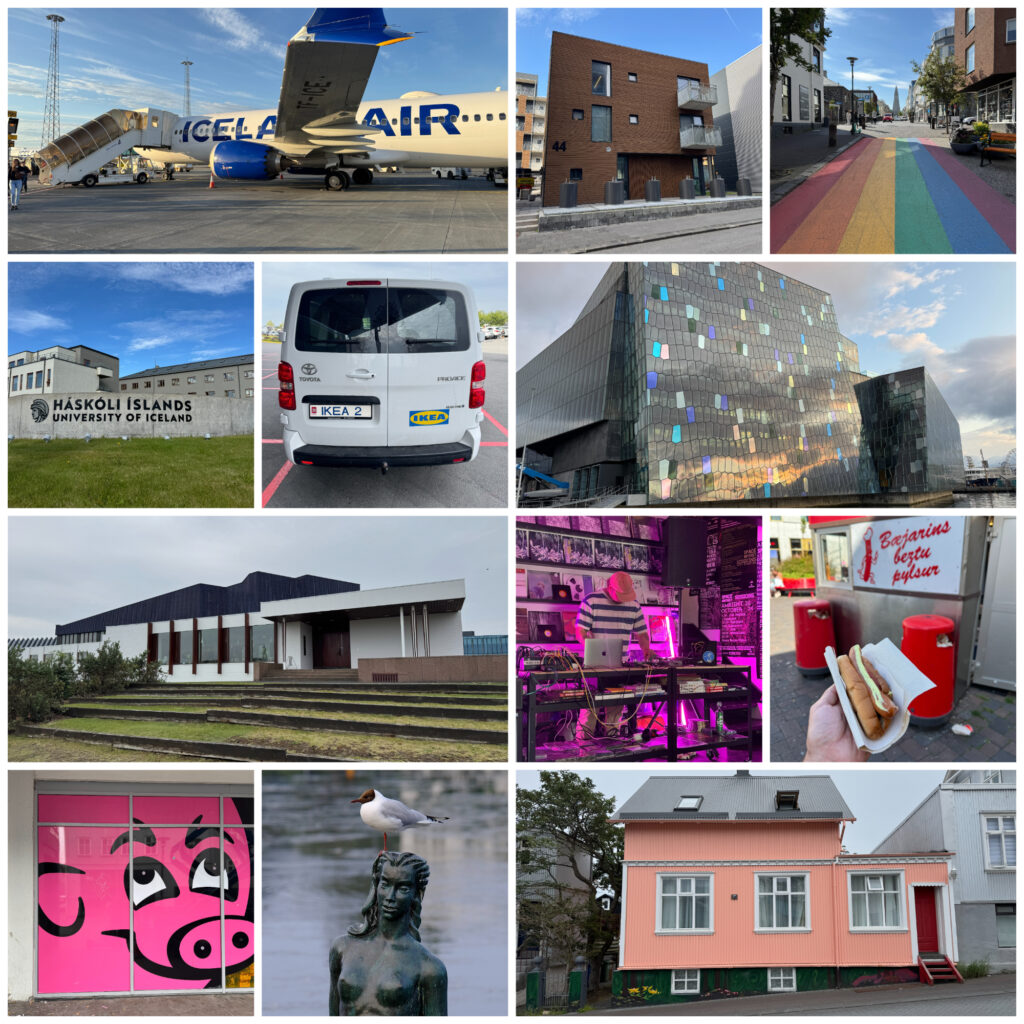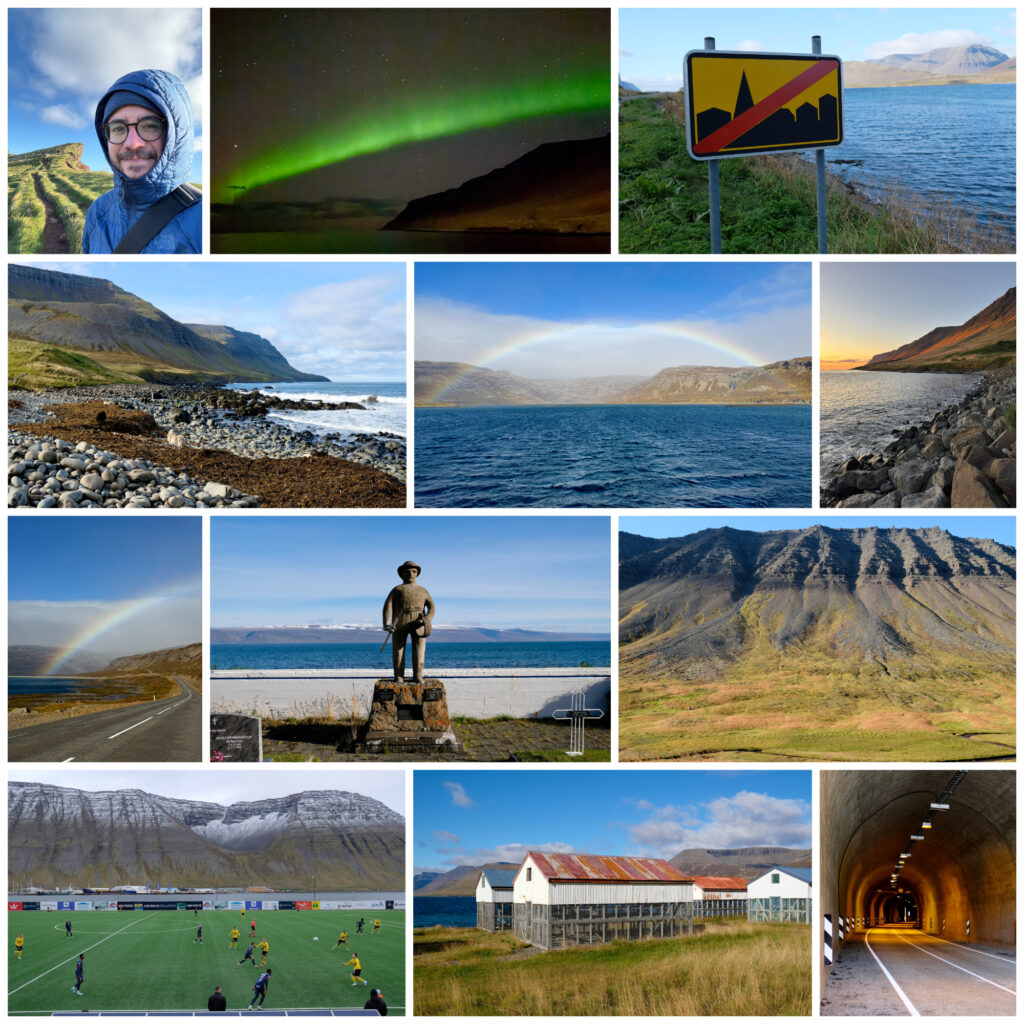
I just got back from my first trip to the Westfjords, a region that has fascinated me for a long time. It’s like Iceland turned up to 11: least populous, most remote, deepest fjords, oldest landscapes. As a multi-day excursion off the ring road it’s sometimes overlooked by tourists, even when they’ve circled the whole country. It felt to me like a bigger version of the Faroe Islands, reminding me of the area around Klaksvík, as well as the southern island of Suðuroy. There’s something calming for me about these landscapes. The sharply steep mountains hold their rocks at an impossible angle of repose, sparing only a tiny strip of flat land along the water to site a village. It’s as if the hills are gently squeezing the fjord, and like a geologic version of the Temple Grandin hug machine, it induces a sense of stillness and quietude.
I had the opportunity to take a long weekend trip because my Thursday classes were cancelled this week, due to my professor traveling. The timing was perfect, as this is about as late into the year as I’d want to go. Winter comes early in the Westfjords, but right now the autumn foliage in the mountains is all rusty reds and yellows, with only occasional pockets of snow and ice at higher elevations.
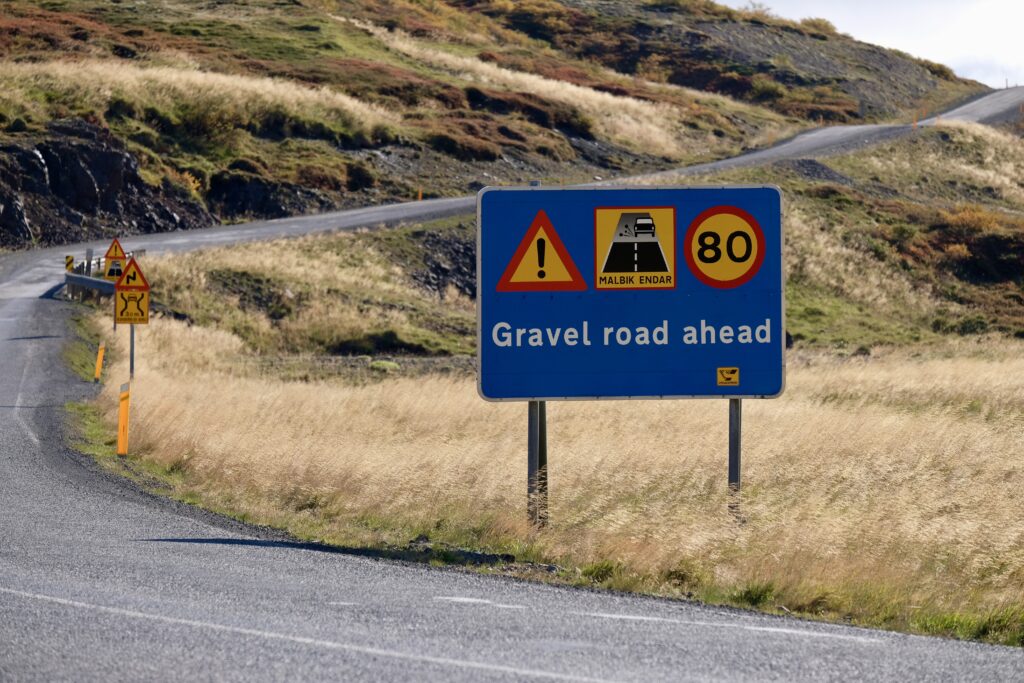
The primary “two digit” roads (e.g. 60, 61) through the region are mostly, but not completely paved. The “three digit” roads (e.g. 612, 624) are paved in proportion to the size of the village they lead to, and the spur roads that snake into valleys to reach a single farm are always gravel. The weather was nearly perfect — sunny and blue skies — although windy and cold of course. I rented a basic 2-wheel drive car, which worked fine, but it would have been tricky in mud or ice. Only once did judge that I should turn around, when I found myself climbing a steep grade over a mountain to an abandoned farm and the path turned to snow. It’s good to know that my tiny inner voice of self-preservation is still alive and well.
But in general, the good weather made it easy for me to just roam around — to the cliffs and water falls on the sightseeing maps, as well as the back streets of tiny villages, the harbor corridors of fish processing plants, and even a local football match. I have photo sets on Instagram for each day (day 1, day 2, day 3), but I’ll highlight some favorite moments below.
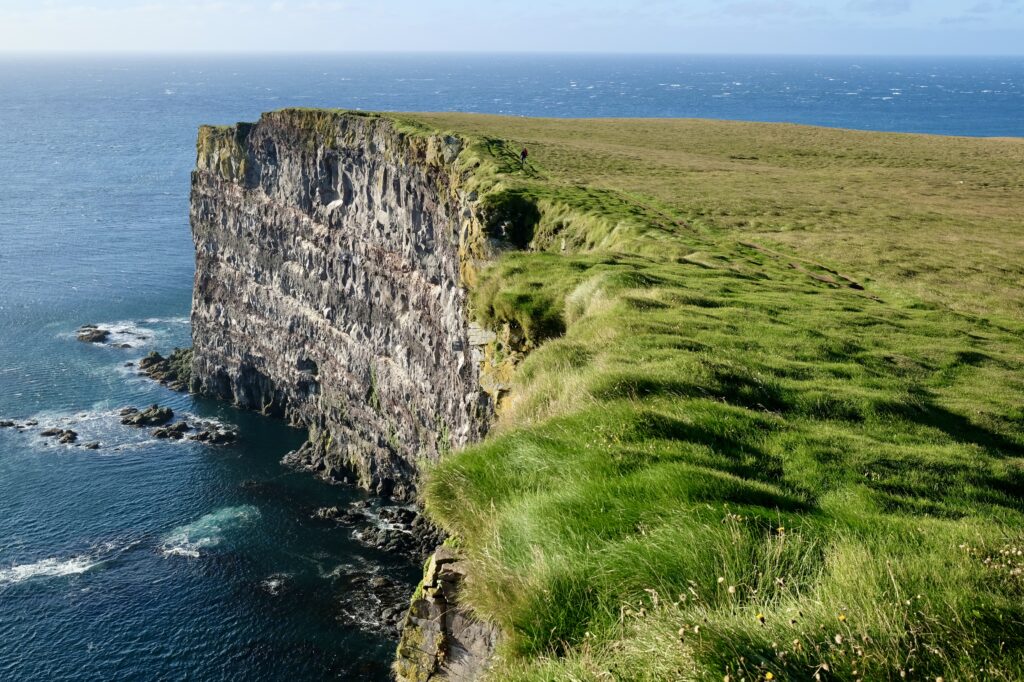
The Látrabjarg sea cliffs are on the southwest tip of the Westfjords. A reason for me to go back is that earlier in the year these cliffs are full of sea birds (including puffins). It’s the westernmost point in Iceland, as well as Europe (although apparently the Azores make that claim too).
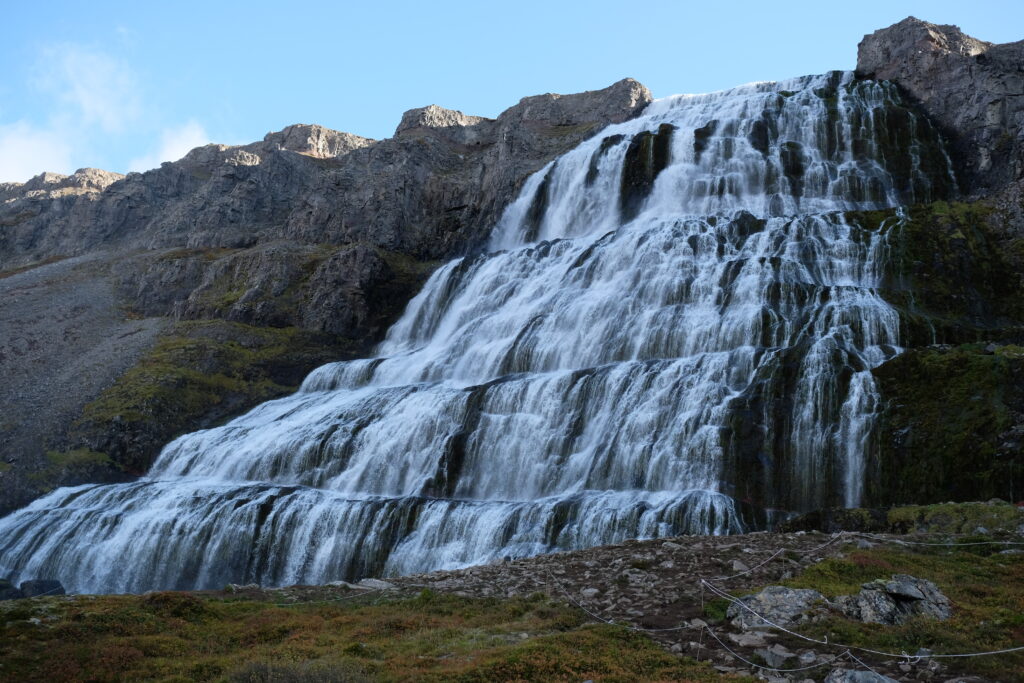
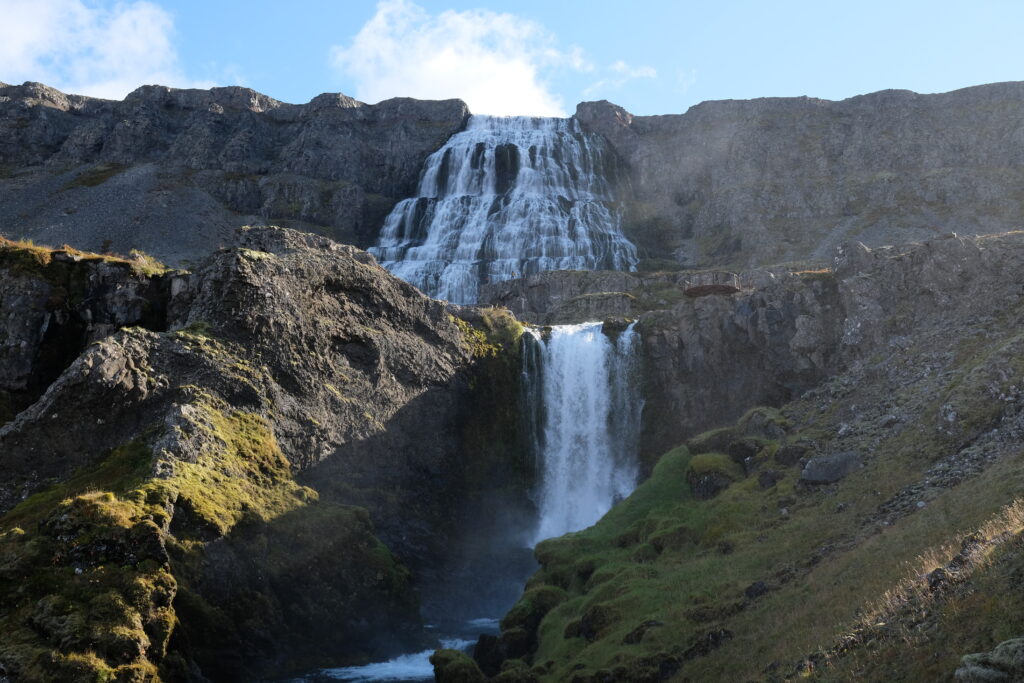
The Dynjandi waterfalls is a massive cascade that feeds numerous other waterfalls below it. I really wonder what this one is like in the winter, as it was already starting to ice up and the dispersed nature of the cascade makes me think it could freeze in interesting ways.
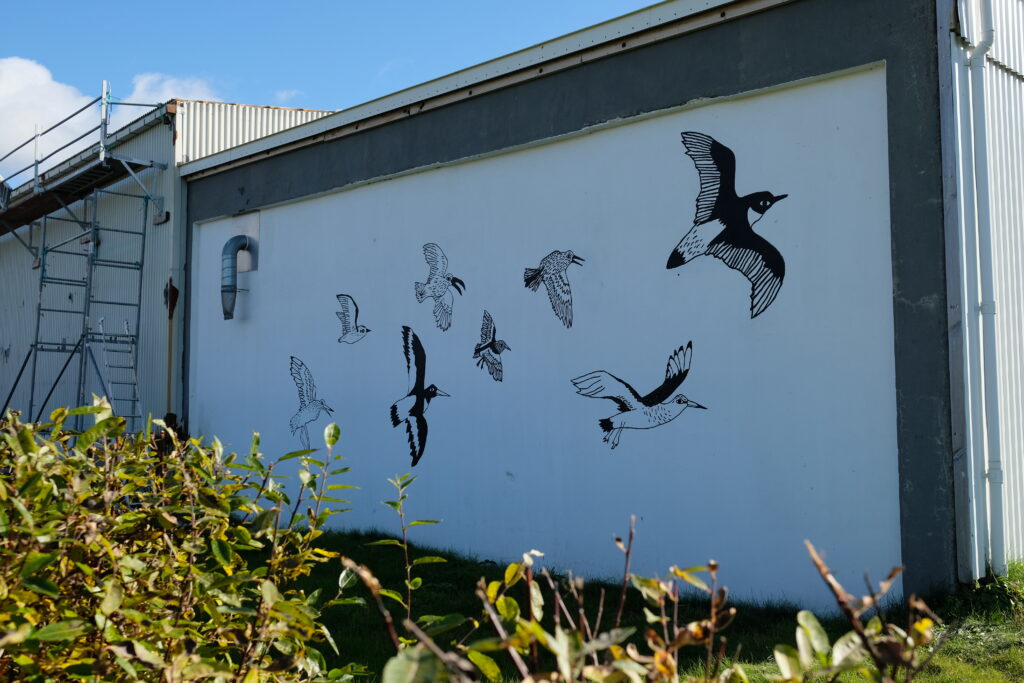
I spotted these birds while driving around the back roads of Þingeyri, and they looked strangely familiar. I realized that it was because they were painted as part of a scene in a movie I recently watched, Summer Light, and Then Comes the Night, which must have been filmed in that village.
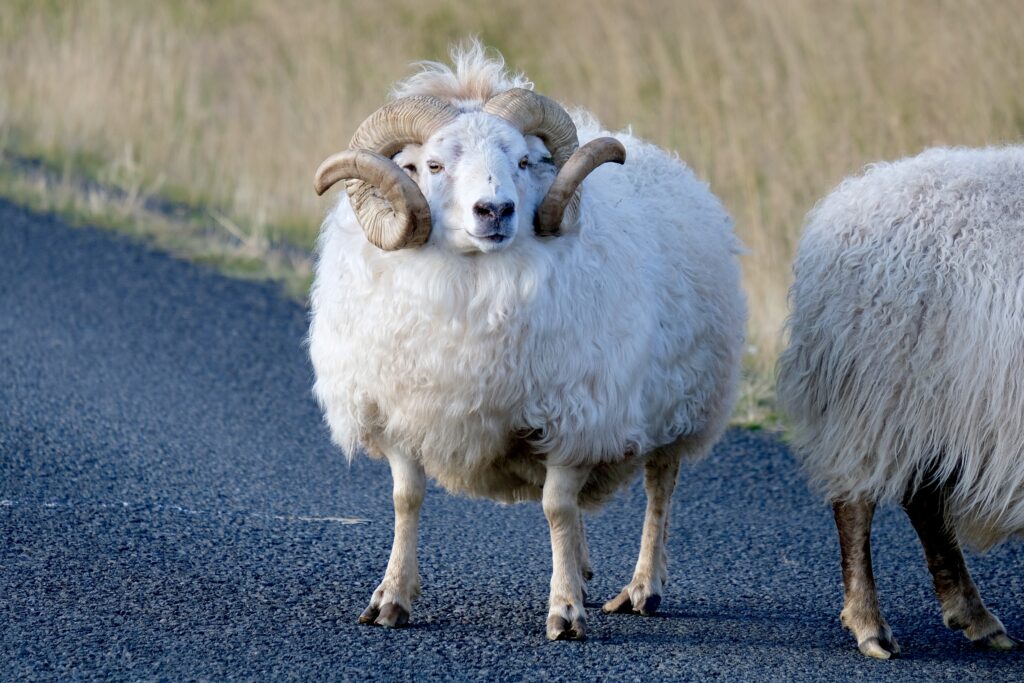
I met a lot of sheep, but these were the finest set of horns.
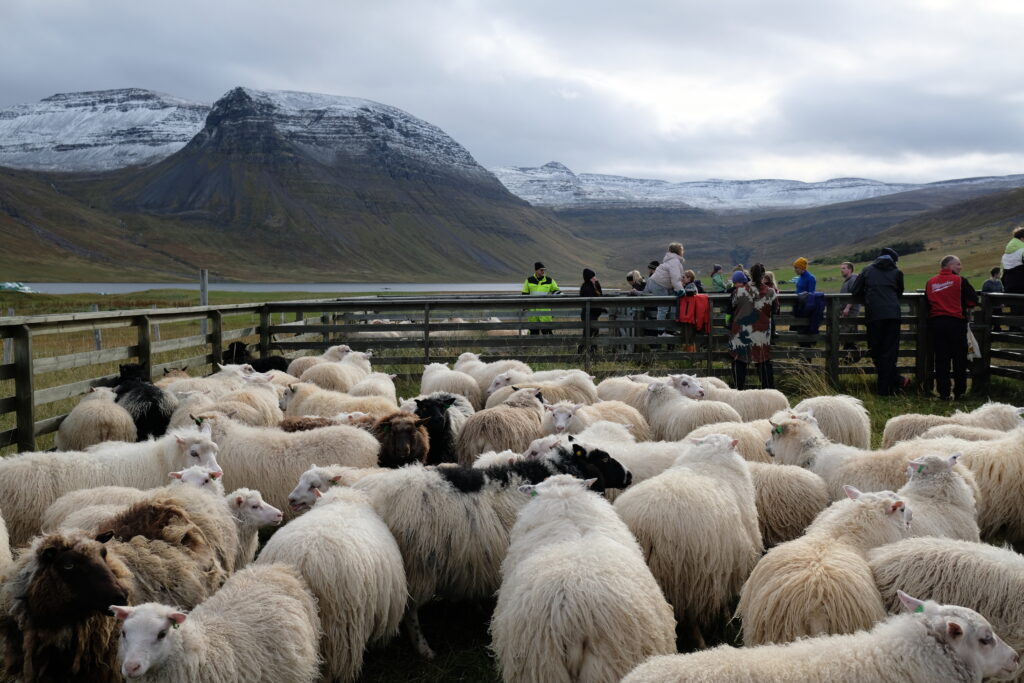
One payoff for rambling down a gravel road was encountering a sheep roundup in progress! I’ve been wondering how to attend one of these, so it was a real treat to stumble into it. I felt like the outsider that I was, so I snuck in quietly and tried not to get in the way. Everyone there knew each other and were having a lovely time. They sorted the sheep they had rounded up that morning from the nearby area and corralled them into different pens. Then they loaded all the ones that belonged to a particular farmer into a truck.
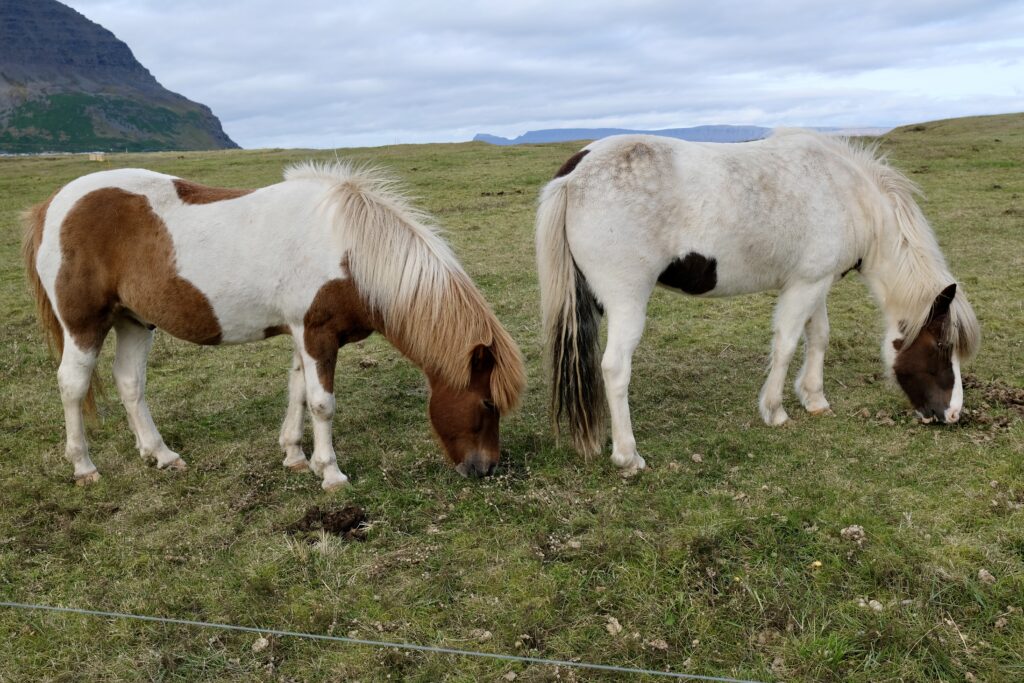
I also met some horses, but there were fewer in the Westfjords than on the southern coast.
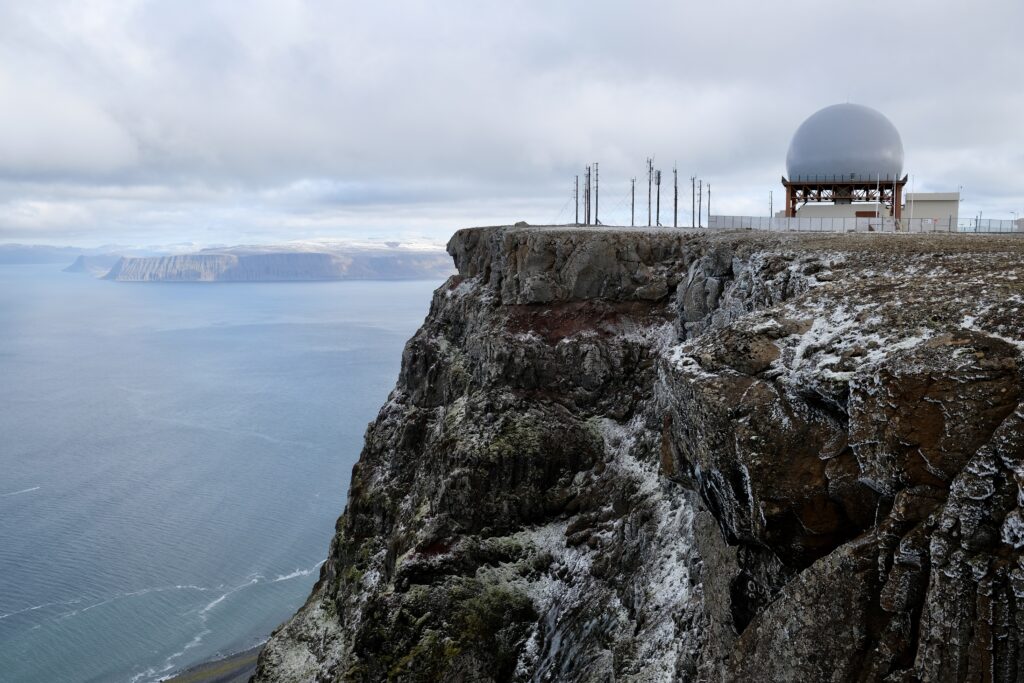
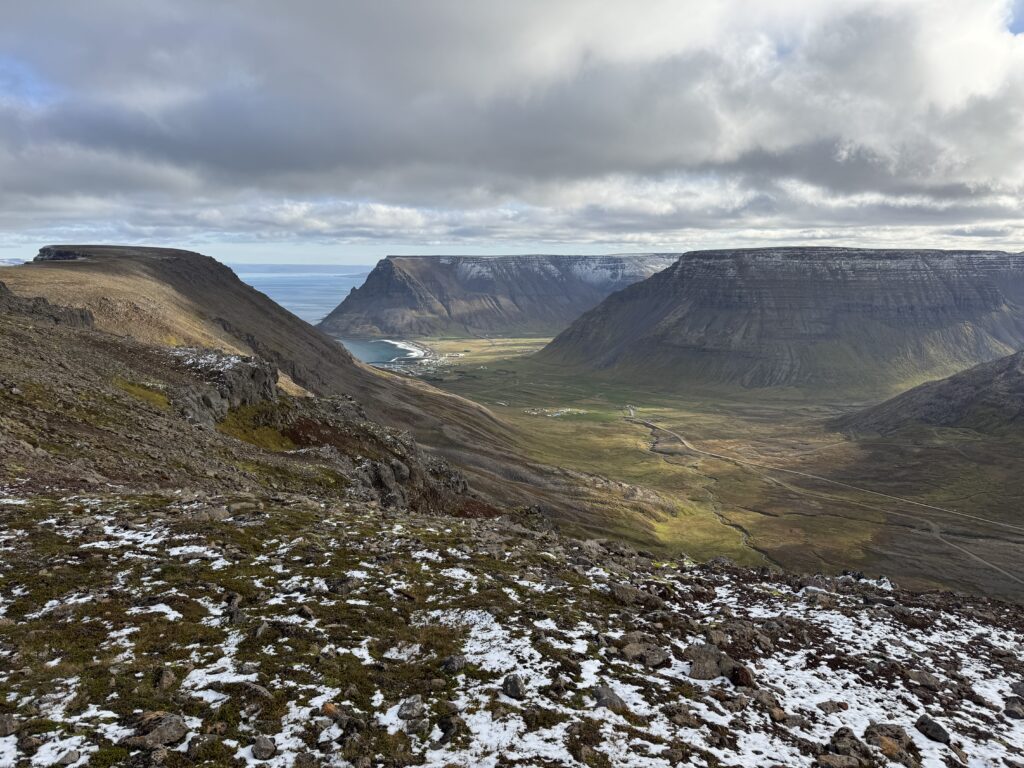
These views are from the top of the mountain Bolafjall. The radar station up there was built as a NATO project and is now operated by the Icelandic Coast Guard.
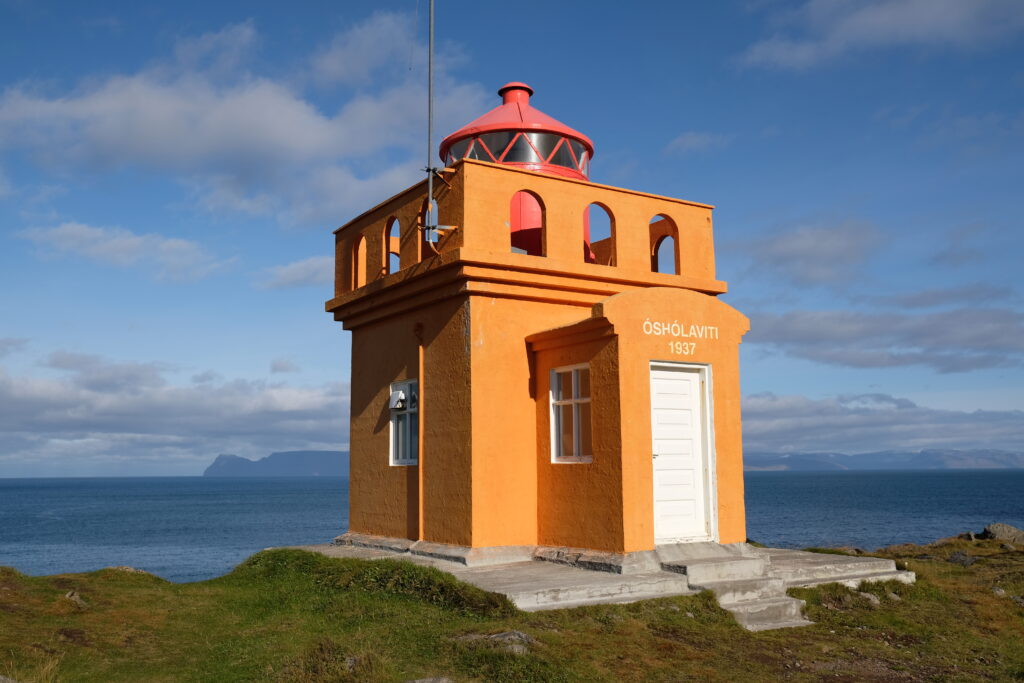
I am, of course, a fan of lighthouses and this is a fine specimen. Not all the lighthouses in Iceland are orange, but it’s a fairly common color.
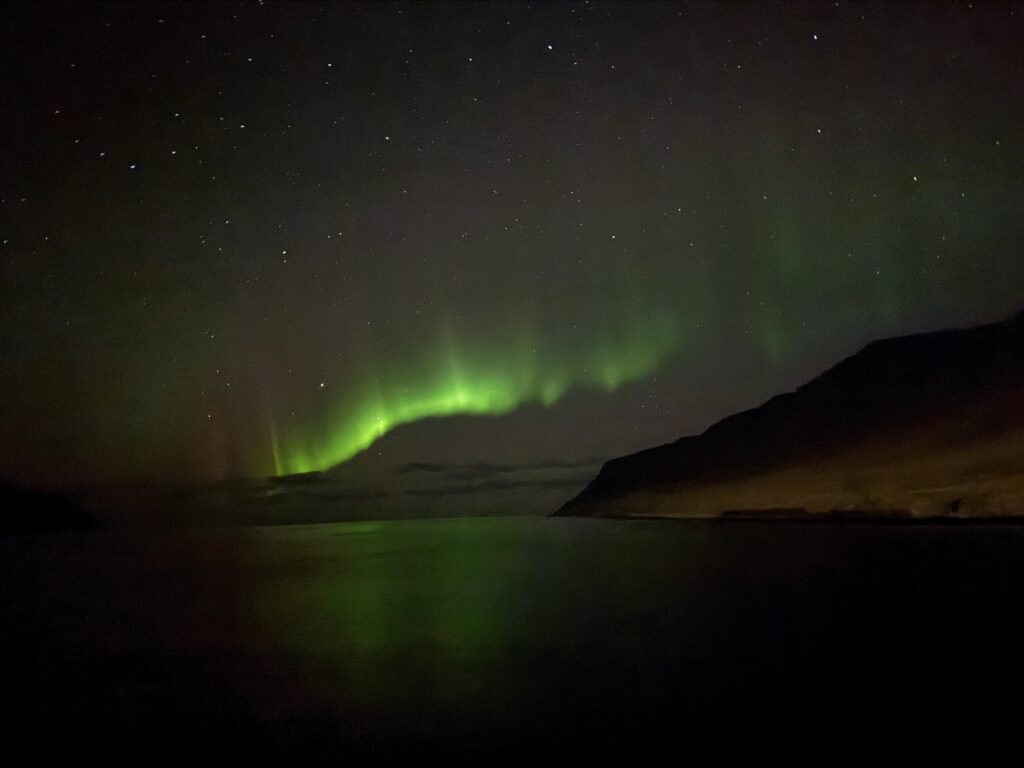
I saw the Northern Lights! I’ve seen them in Reykjavík, but this was on another level. They were much more visible to the naked eye, and I watched them dance around for about 45 minutes until it got too cold to stay out anymore. This was in Flateryi, and they were bright enough to reflect on the water near the village seawall. The aurora forecast wasn’t very strong, but on a very clear night there’s always a chance. An added bonus was the backdrop of so many stars, the kind of immersive astronomical view you can only get in such a remote place.
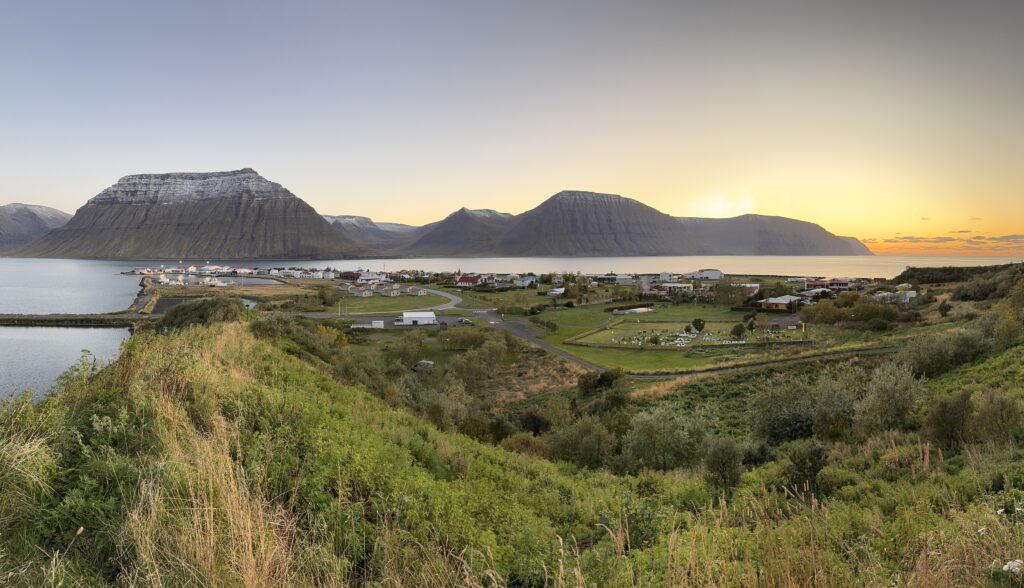
Flateryi is a interesting little village where I spent two nights. This photo is taken from atop the avalanche barriers above the town. These barriers were initially built after an avalanche in 1995 killed 20 people (approximately 10% of the town). There was another avalanche in 2020, and these barriers successfully diverted the debris away from the village, but it landed in the harbor and caused a tsunami that destroyed numerous boats. I’m not sure how the current work is meant to improve upon this infrastructure, but it’s a multi-year construction project managed by Lithuanian workers living in temporary housing set up on the edge of town. My understanding is that it’s slow going since they can only make progress during the summer months.
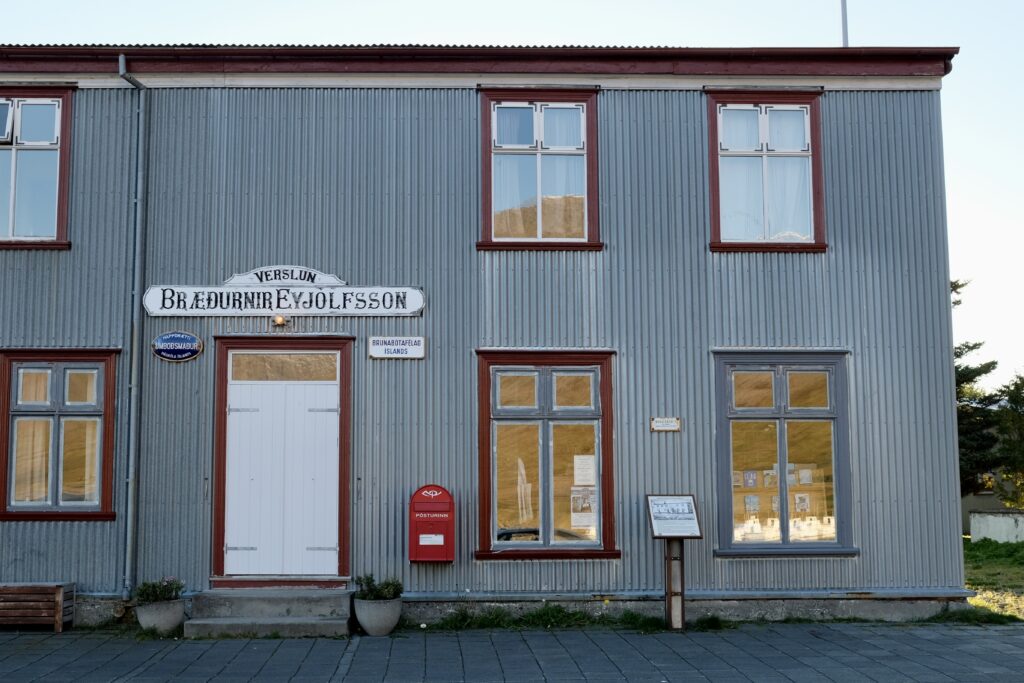
Flateryi is also home to the oldest bookstore in Iceland, and I stayed in one of the three guest rooms above the store. It’s has been run by members of the same family since 1914, and the first floor includes a museum that preserves the house exactly as it was when the current proprietor’s grandparents lived there. The upstairs is also a bit frozen in time (in a good way). Each guest room is named for the child who originally occupied it; I stayed in Dísa’s bedroom.
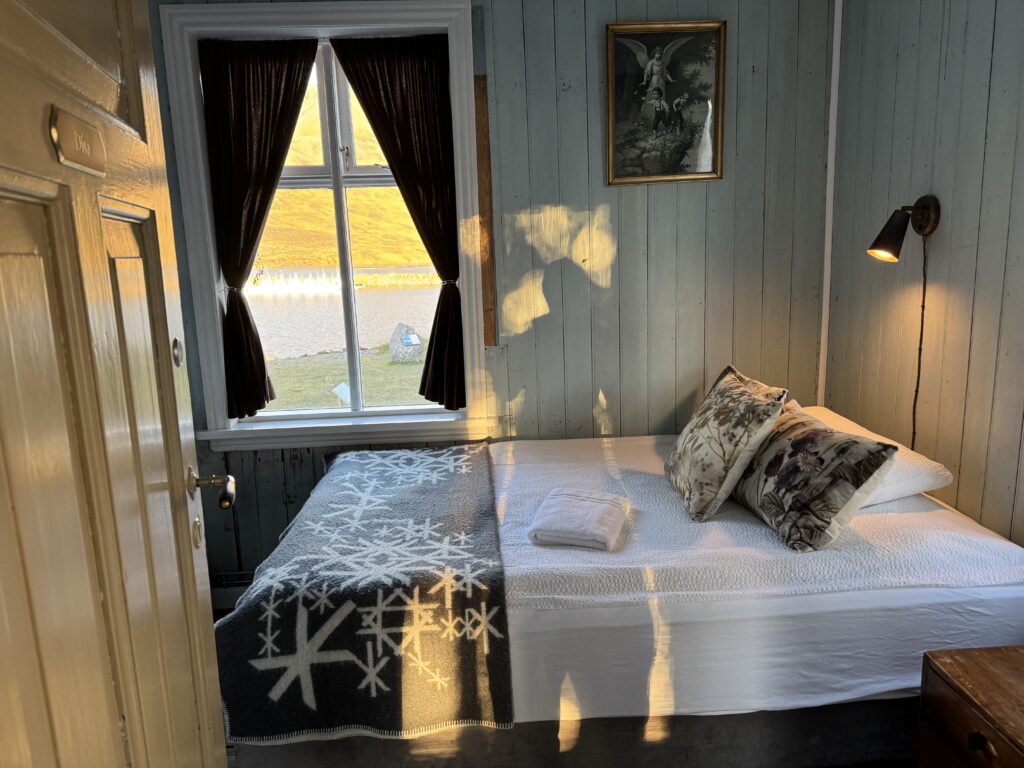
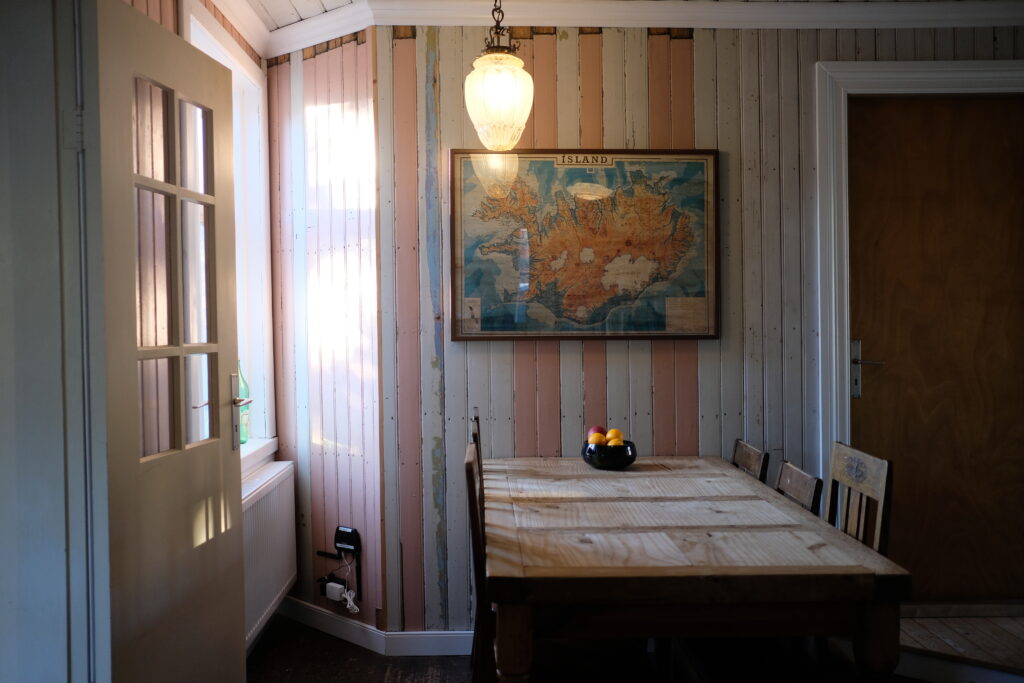
And then of course there were the endless landscapes, and the buildings in them, that in their starkness and simplicity let you appreciate the landscape even more.
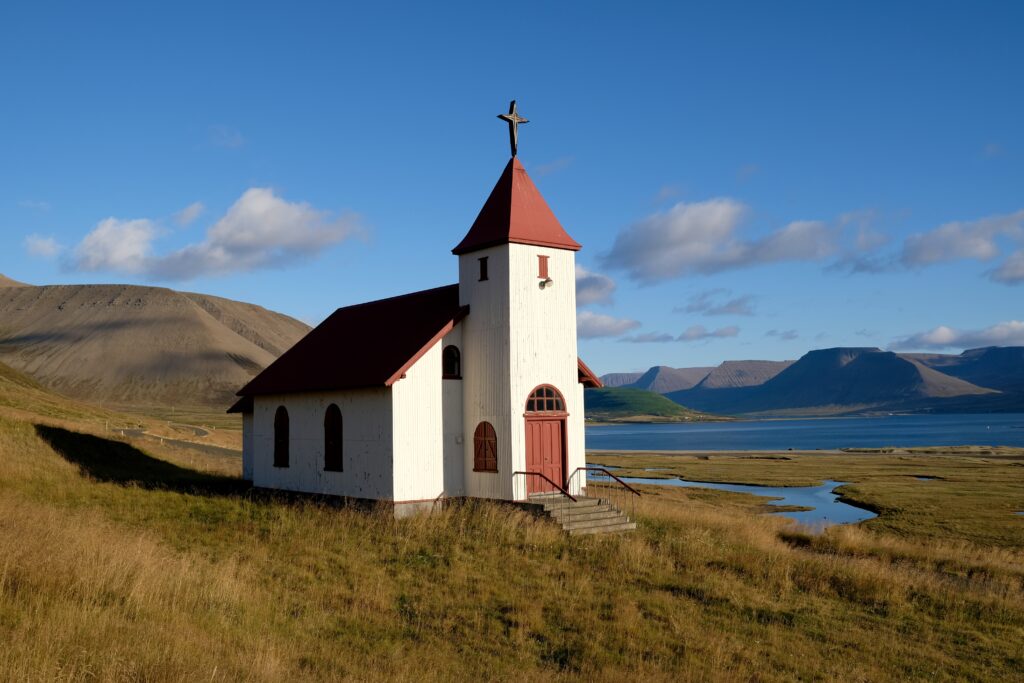
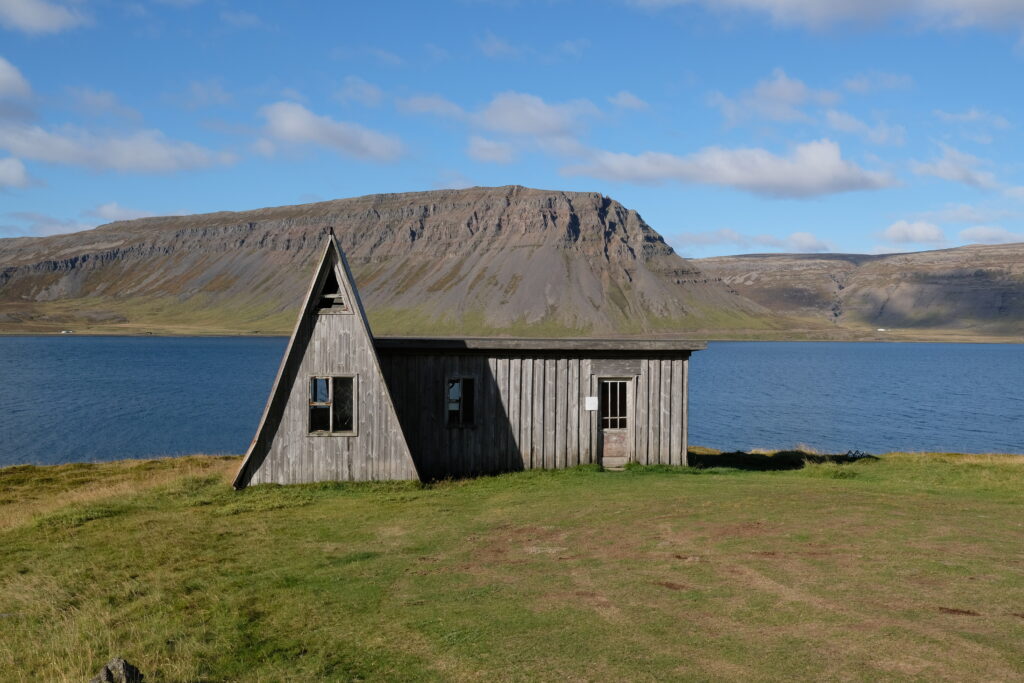
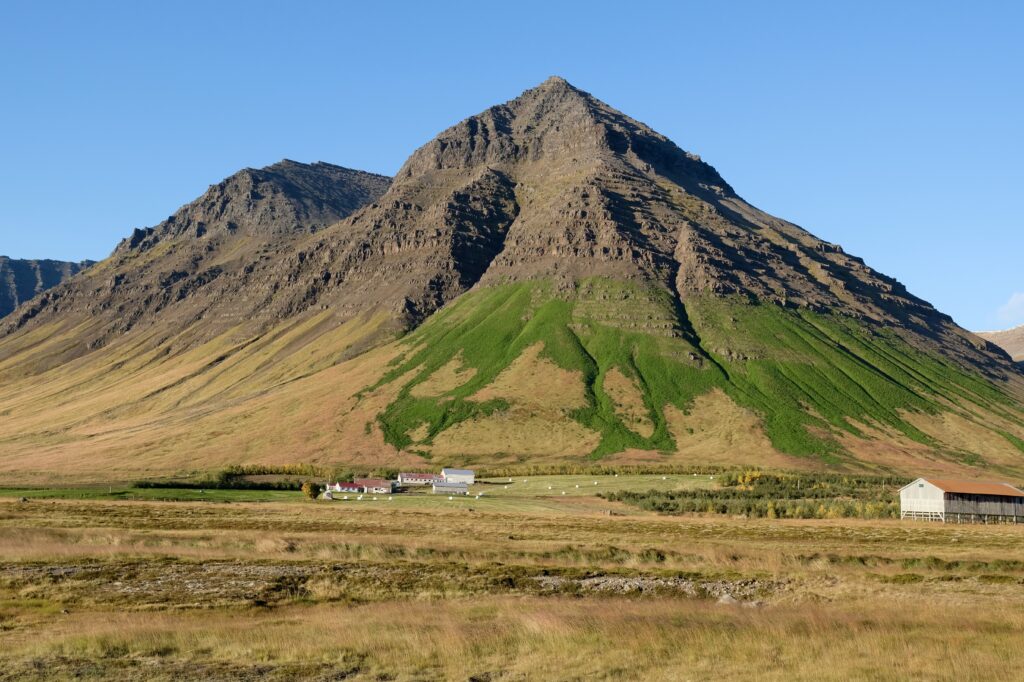
My last night in the Westfjords I had dinner at Tjöruhúsið in Ísafjörður. It’s been hailed as the best fish restaurant in Iceland, and while I haven’t tried enough of them to compare I will say that it was very good. Their website makes me laugh, as it basically just says lists their contact info and literally says “we are not very interested in marketing, or the internet in general.” I have to respect that.
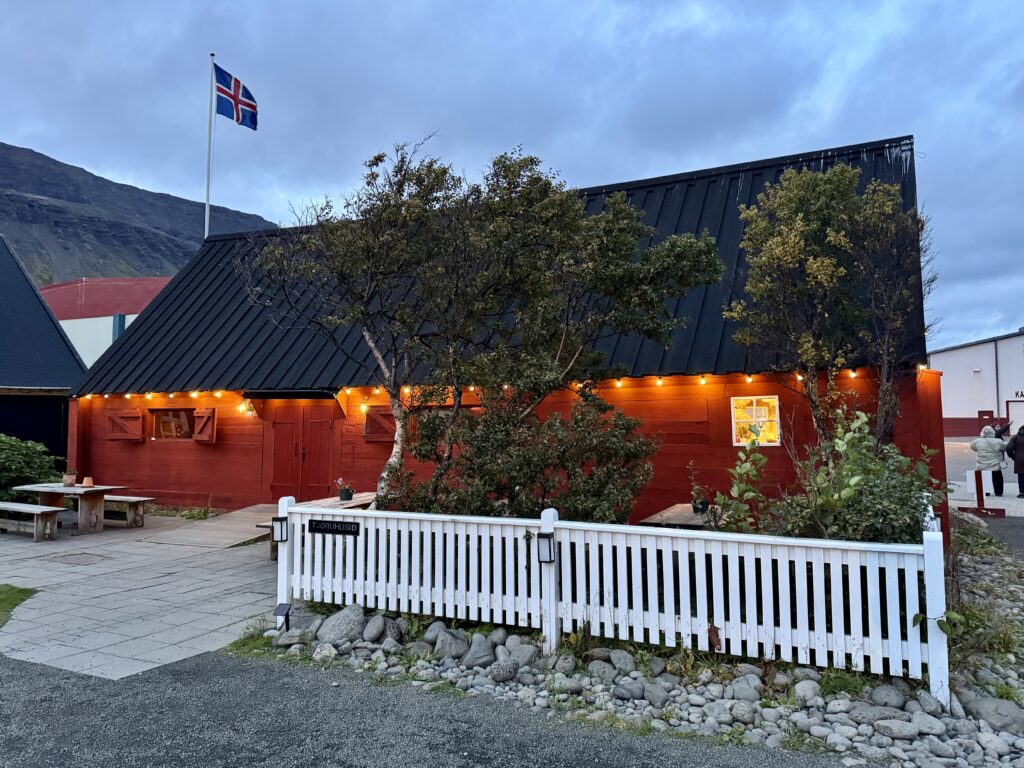
The restaurant is housed in a building built in 1781. The ceilings are low, they have communal at large tables, and food is served as a buffet. They prepare around 8 different fish preparations in giant skillets and you can eat as much as you’d like. One thing I really appreciated is that they were thoughtful in seating me next to other solo travelers, which made it easier for us to have an interesting dinner conversation.
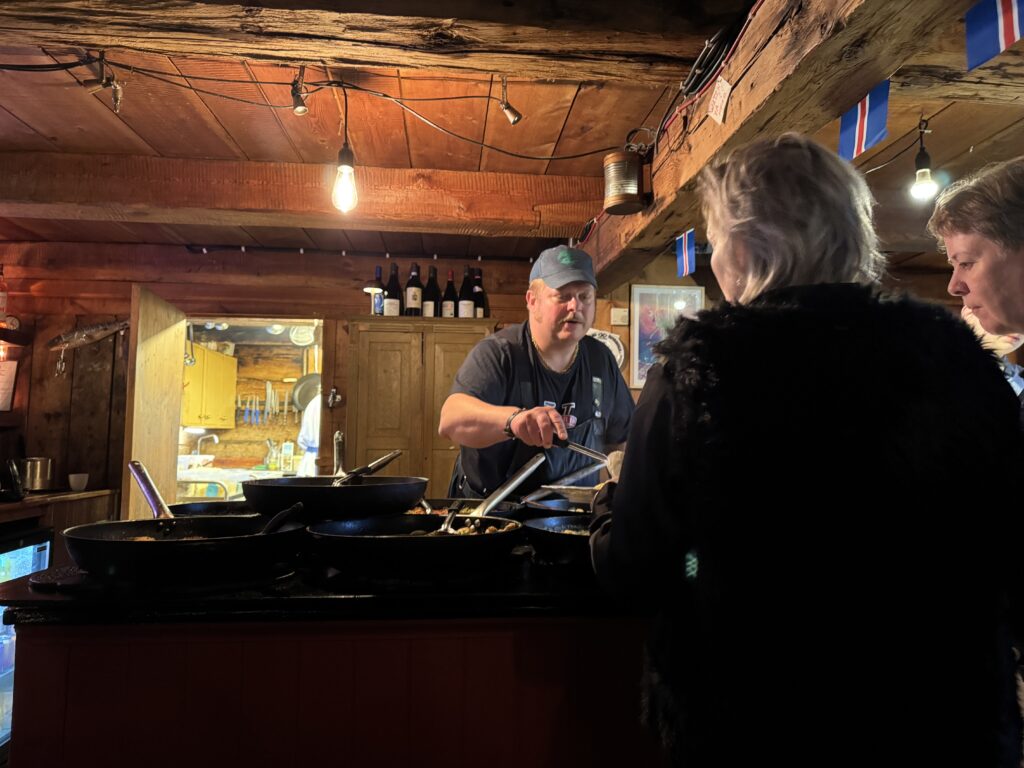
I may share more in future posts as I have many more photos and things I could say about the Westfjords. It’s truly a special place.
Noted & Done
- Finished reading Everything Is Tuberculosis: The History and Persistence of Our Deadliest Infection by John Green. It’s an interesting look at the history and present situation with this preventable yet persistent disease. I listened to the audiobook, as I already knew that I enjoyed the author’s reading voice from his excellent podcast The Anthropocene Reviewed.
